How do hospitals treat allergic reactions. Anaphylaxis: Emergency Treatment and Long-Term Management of Severe Allergic Reactions
How do hospitals diagnose and treat anaphylaxis. What are the common triggers for severe allergic reactions. What steps should be taken during an anaphylactic emergency. How can individuals manage their risk of anaphylaxis long-term. What are the key components of an anaphylaxis emergency action plan.
Understanding Anaphylaxis: A Life-Threatening Allergic Reaction
Anaphylaxis is a severe, potentially life-threatening allergic reaction that can occur within minutes of exposure to an allergen. It requires immediate medical attention and can affect multiple body systems simultaneously.
Common triggers for anaphylaxis include:
- Certain foods (e.g., peanuts, tree nuts, shellfish)
- Medications
- Insect stings
- Latex
Do all allergic reactions lead to anaphylaxis? Not necessarily. While many people experience mild to moderate allergic symptoms, anaphylaxis is characterized by its rapid onset and potential to cause severe, life-threatening complications.

Recognizing the Signs and Symptoms of Anaphylaxis
Identifying anaphylaxis quickly is crucial for prompt treatment. The symptoms can vary from person to person and may include:
- Difficulty breathing or wheezing
- Swelling of the throat or tongue
- Hives or skin rash
- Nausea, vomiting, or diarrhea
- Dizziness or fainting
- Rapid pulse
- Pale, cool, and clammy skin
Can anaphylaxis symptoms differ between adults and children? While the core symptoms are similar, children may have more difficulty articulating their symptoms. They might describe a “funny feeling” in their throat or become unusually quiet and withdrawn.
Emergency Treatment Protocols for Anaphylaxis
When anaphylaxis occurs, immediate action is critical. The primary treatment involves:
- Administering epinephrine (adrenaline) via an autoinjector
- Calling emergency services (911 in the US)
- Positioning the person flat on their back with legs elevated
- Monitoring breathing and pulse, performing CPR if necessary
Why is epinephrine the first-line treatment for anaphylaxis? Epinephrine works rapidly to reverse the life-threatening symptoms of anaphylaxis by constricting blood vessels, relaxing airways, and stabilizing blood pressure.
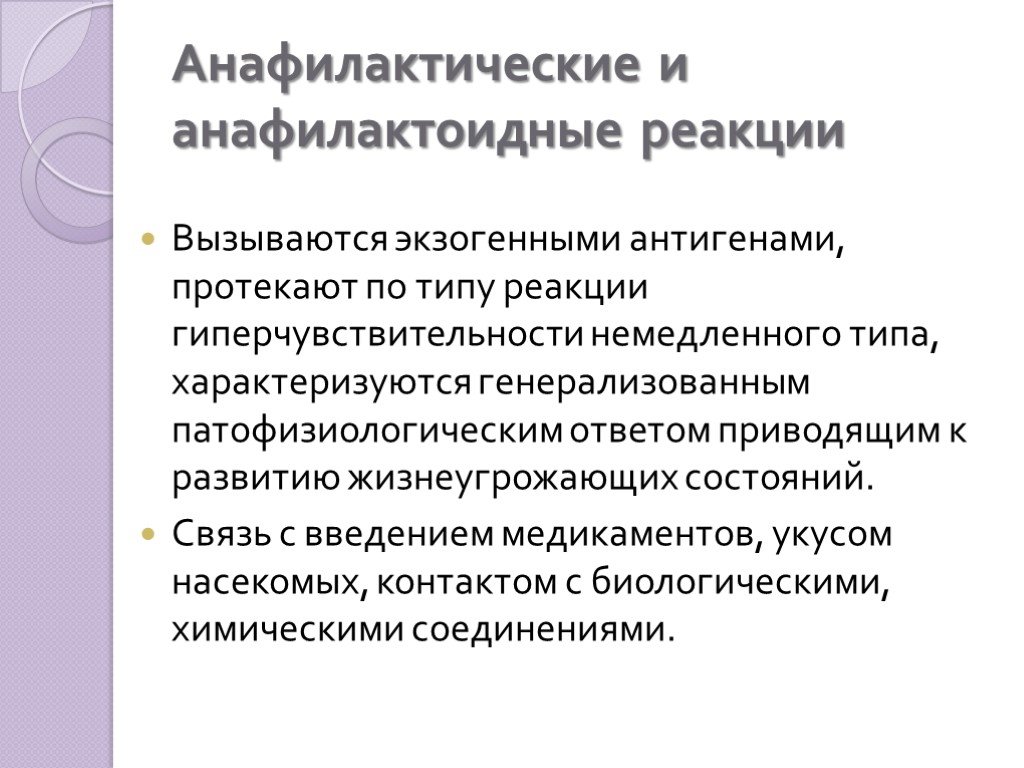
Hospital Treatment for Anaphylaxis
Upon arrival at the hospital, medical professionals may provide additional treatments, including:
- Oxygen therapy
- Intravenous (IV) antihistamines
- Corticosteroids to reduce inflammation
- Beta-agonists like albuterol to improve breathing
- IV fluids to maintain blood pressure
How long does a person typically need to stay in the hospital after an anaphylactic reaction? The duration of hospital stay varies depending on the severity of the reaction and the individual’s response to treatment. Some patients may be discharged after a few hours of observation, while others might require overnight monitoring.
Diagnosis and Allergy Testing Following Anaphylaxis
After an anaphylactic episode, identifying the trigger is crucial for preventing future reactions. Diagnostic procedures may include:
- Detailed medical history review
- Blood tests to measure tryptase levels
- Skin prick tests
- Specific IgE blood tests
- Oral food challenges (in controlled medical settings)
Is it always possible to identify the specific trigger for anaphylaxis? While many cases of anaphylaxis can be linked to a specific allergen, some instances remain idiopathic, meaning the cause is unknown. In these cases, broader preventive measures and careful monitoring become even more critical.
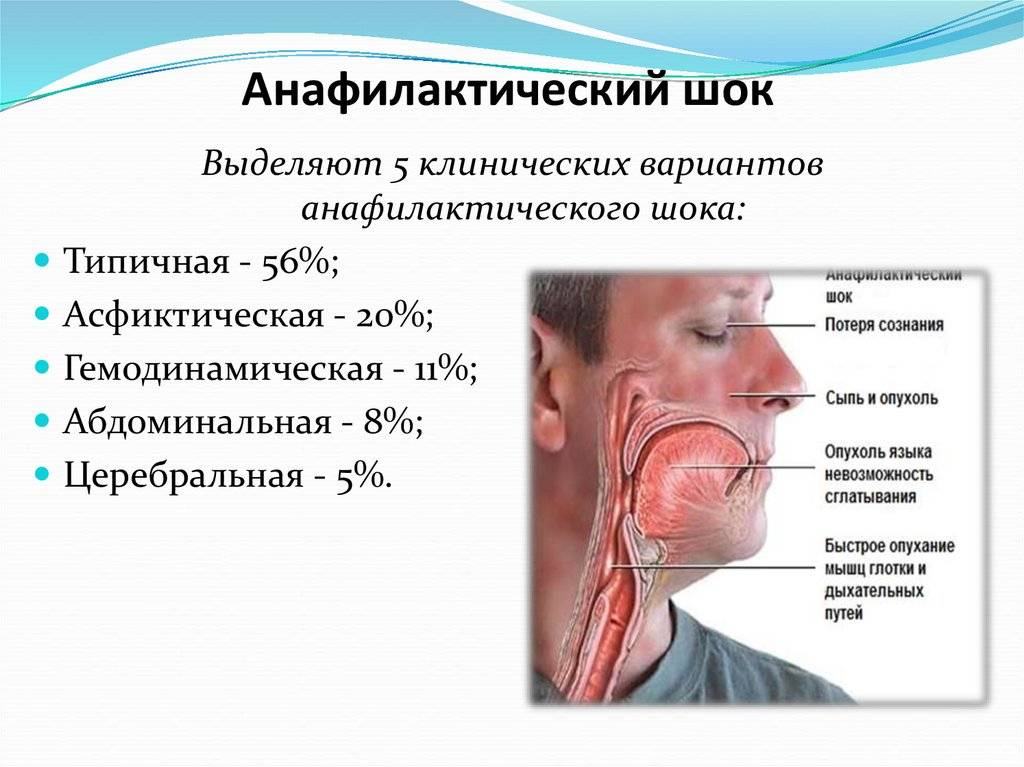
Long-Term Management and Prevention Strategies
Managing the risk of anaphylaxis is an ongoing process that involves several key strategies:
- Strict avoidance of known allergens
- Carrying epinephrine autoinjectors at all times
- Wearing medical alert jewelry
- Educating family, friends, and colleagues about anaphylaxis
- Regular follow-ups with an allergist
For some individuals, immunotherapy may be an option to reduce the risk of future reactions, particularly for insect sting allergies.
Can anaphylaxis be cured? While there is no cure for anaphylaxis, careful management and prevention strategies can significantly reduce the risk of future episodes and improve quality of life for those at risk.
The Role of Epinephrine Autoinjectors in Anaphylaxis Management
Epinephrine autoinjectors are life-saving devices designed for easy use during an anaphylactic emergency. Key points about autoinjectors include:
- They should be carried at all times by individuals at risk
- Proper storage and regular checking of expiration dates are crucial
- Training on proper use is essential for the individual and their close contacts
- Multiple devices may be prescribed, as more than one dose can be necessary
How quickly does epinephrine work in treating anaphylaxis? Epinephrine begins to work within minutes of administration, but its effects are short-lived, which is why seeking immediate medical attention is still necessary even after using an autoinjector.
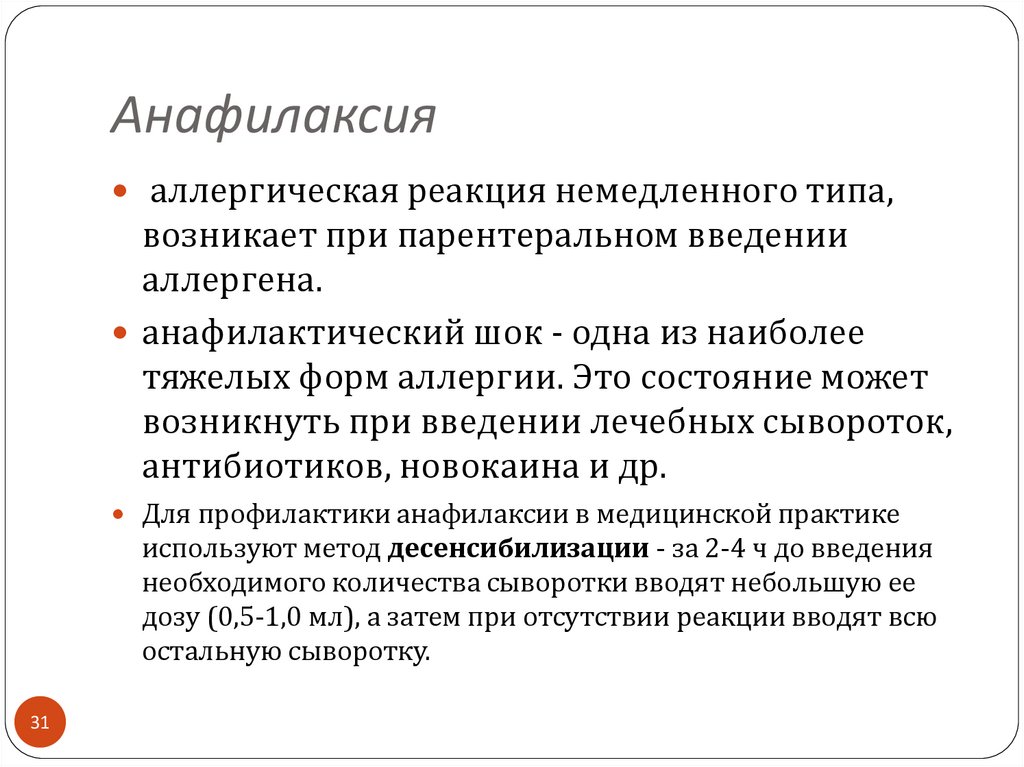
Types of Epinephrine Autoinjectors
Several brands of epinephrine autoinjectors are available, including:
- EpiPen and EpiPen Jr.
- Auvi-Q
- Adrenaclick
- Generic epinephrine autoinjectors
Each device has specific instructions for use, but all involve removing a safety cap and firmly pressing the device against the outer thigh, holding it in place for several seconds to ensure full dose delivery.
Creating an Anaphylaxis Emergency Action Plan
An anaphylaxis emergency action plan is a written document that outlines the steps to be taken in case of an allergic reaction. This plan should include:
- Personal information and emergency contacts
- List of known allergens
- Symptoms to watch for
- Step-by-step instructions for administering epinephrine
- When and how to call for emergency medical help
- Follow-up care instructions
Why is it important to share this plan with others? Sharing the emergency action plan with family, friends, coworkers, and school staff ensures that those around the at-risk individual know how to respond quickly and effectively in case of anaphylaxis.
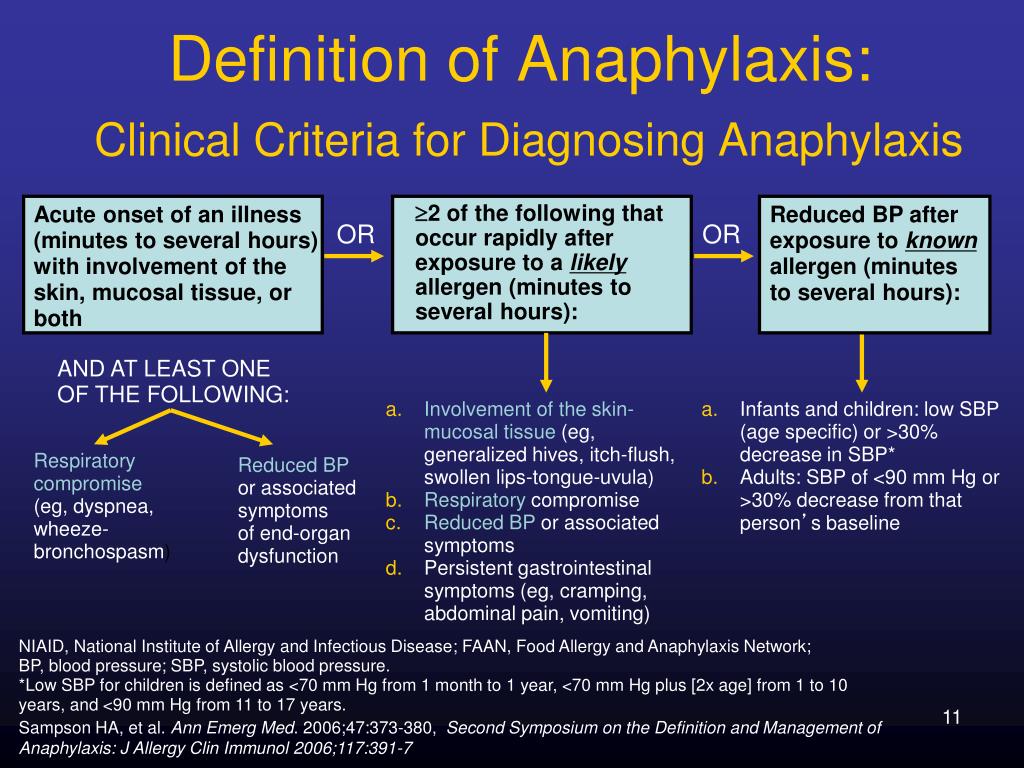
Special Considerations for Anaphylaxis in Different Settings
Managing the risk of anaphylaxis requires different approaches in various environments:
At School
Schools should have policies in place to handle anaphylaxis, including:
- Staff training on recognizing and responding to anaphylaxis
- Secure storage of epinephrine autoinjectors
- Clear communication with parents about allergy management
- Strategies to create allergen-aware environments
In the Workplace
Employers should be informed about an employee’s risk of anaphylaxis and:
- Provide a safe work environment that minimizes exposure to known allergens
- Ensure colleagues are aware of the emergency action plan
- Allow for safe storage of emergency medications
While Traveling
Individuals at risk of anaphylaxis should take extra precautions when traveling:
- Carry multiple epinephrine autoinjectors
- Research local emergency services at the destination
- Bring translation cards explaining their allergy in the local language
- Consider wearing medical alert jewelry
How can airlines accommodate passengers with severe food allergies? Many airlines offer nut-free flights or buffer zones upon request, and some allow pre-boarding for passengers to clean their seating area.
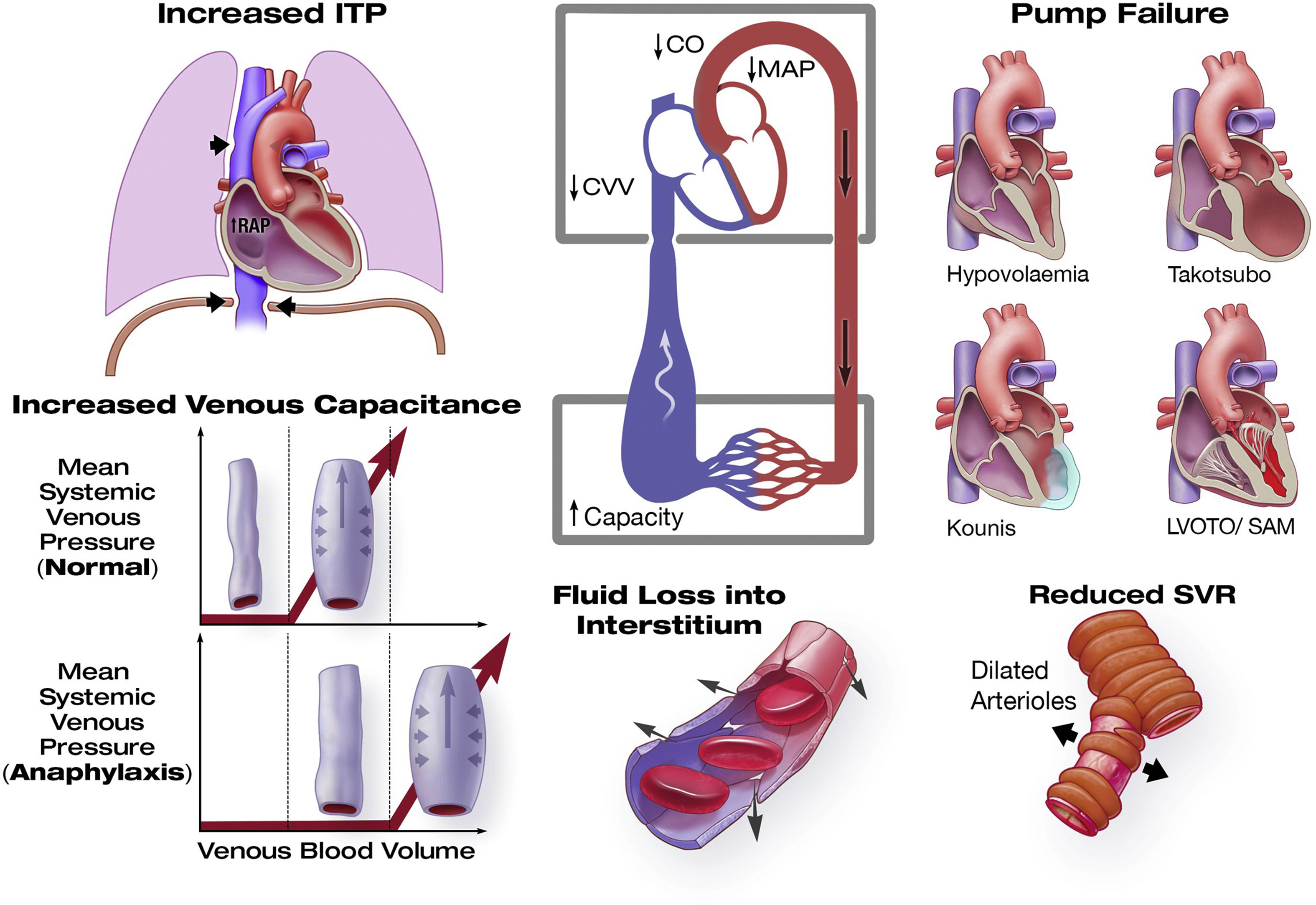
Psychological Impact and Coping Strategies for Anaphylaxis Risk
Living with the risk of anaphylaxis can have significant psychological effects, including anxiety and social isolation. Coping strategies may include:
- Joining support groups or online communities
- Seeking counseling or therapy
- Practicing relaxation techniques
- Educating oneself thoroughly about anaphylaxis management
- Focusing on activities and aspects of life not limited by allergies
Can children with severe allergies lead normal lives? With proper management and support, most children with severe allergies can participate in typical childhood activities, though some modifications may be necessary to ensure safety.
Emerging Research and Future Treatments for Anaphylaxis
The field of allergy and immunology is continuously evolving, with ongoing research into new treatments and prevention strategies for anaphylaxis:
- Oral immunotherapy (OIT) for food allergies
- Biologics targeting specific immune pathways
- Gene therapy approaches
- Improved epinephrine delivery systems
- Early intervention strategies to prevent allergy development
What is the current state of oral immunotherapy for food allergies? While OIT has shown promise in clinical trials, it is not yet widely available and carries risks. It involves carefully exposing individuals to increasing amounts of their allergen under medical supervision to build tolerance.

The Role of the Microbiome in Allergy Prevention
Emerging research suggests that the gut microbiome plays a crucial role in the development of allergies and anaphylaxis. Future treatments may focus on modulating the microbiome to prevent or treat severe allergies.
How might probiotics influence allergy risk? Some studies indicate that certain probiotic strains may help reduce the risk of developing allergies, particularly in infants and young children, though more research is needed to establish definitive recommendations.
Anaphylaxis in Special Populations
Certain groups may face unique challenges in managing anaphylaxis:
Pregnant Women
Anaphylaxis during pregnancy can pose risks to both mother and fetus. Management involves:
- Careful allergen avoidance
- Continued use of epinephrine autoinjectors when necessary
- Close collaboration between allergists and obstetricians
Elderly Individuals
Older adults may be at higher risk for severe anaphylaxis due to:
- Comorbid health conditions
- Increased use of medications that may complicate treatment
- Potential cognitive impairments affecting self-management
Individuals with Chronic Illnesses
People with conditions such as asthma or heart disease may experience more severe anaphylaxis and require tailored management plans.

How does having asthma affect anaphylaxis risk? Asthma can increase the severity of anaphylaxis, particularly respiratory symptoms. Individuals with both conditions need to maintain excellent control of their asthma as part of their overall anaphylaxis management strategy.
The Importance of Ongoing Education and Awareness
Continuous education about anaphylaxis is crucial for both individuals at risk and the general public. This includes:
- Regular reviews of emergency action plans
- Staying informed about new research and treatment options
- Participating in community awareness initiatives
- Advocating for policies that support anaphylaxis management in public spaces
What role do food labeling laws play in anaphylaxis prevention? Accurate and clear food labeling is essential for individuals with food allergies to avoid accidental exposure. Many countries have implemented strict labeling requirements for common allergens, helping to reduce the risk of anaphylaxis.
In conclusion, anaphylaxis is a serious medical condition that requires immediate action and ongoing management. With proper education, preparation, and treatment strategies, individuals at risk can lead full and active lives while minimizing the danger of severe allergic reactions. As research continues to advance our understanding of allergies and anaphylaxis, we can look forward to improved prevention and treatment options in the future.

Anaphylaxis – Diagnosis and treatment
Diagnosis
Your doctor will ask you questions about previous allergic reactions, including whether you’ve reacted to:
- Particular foods
- Medications
- Latex
- Insect stings
To help confirm the diagnosis:
- You might be given a blood test to measure the amount of a certain enzyme (tryptase) that can be elevated up to three hours after anaphylaxis
- You might be tested for allergies with skin tests or blood tests to help determine your trigger
Many conditions have signs and symptoms similar to those of anaphylaxis. Your doctor will want to rule out other conditions.
Treatment
During an anaphylactic attack, you might receive cardiopulmonary resuscitation (CPR) if you stop breathing or your heart stops beating. You might also be given medications, including:
- Epinephrine (adrenaline) to reduce your body’s allergic response
- Oxygen, to help you breathe
- Intravenous (IV) antihistamines and cortisone to reduce inflammation of your air passages and improve breathing
- A beta-agonist (such as albuterol) to relieve breathing symptoms
What to do in an emergency
If you’re with someone who’s having an allergic reaction and shows signs of shock, act fast.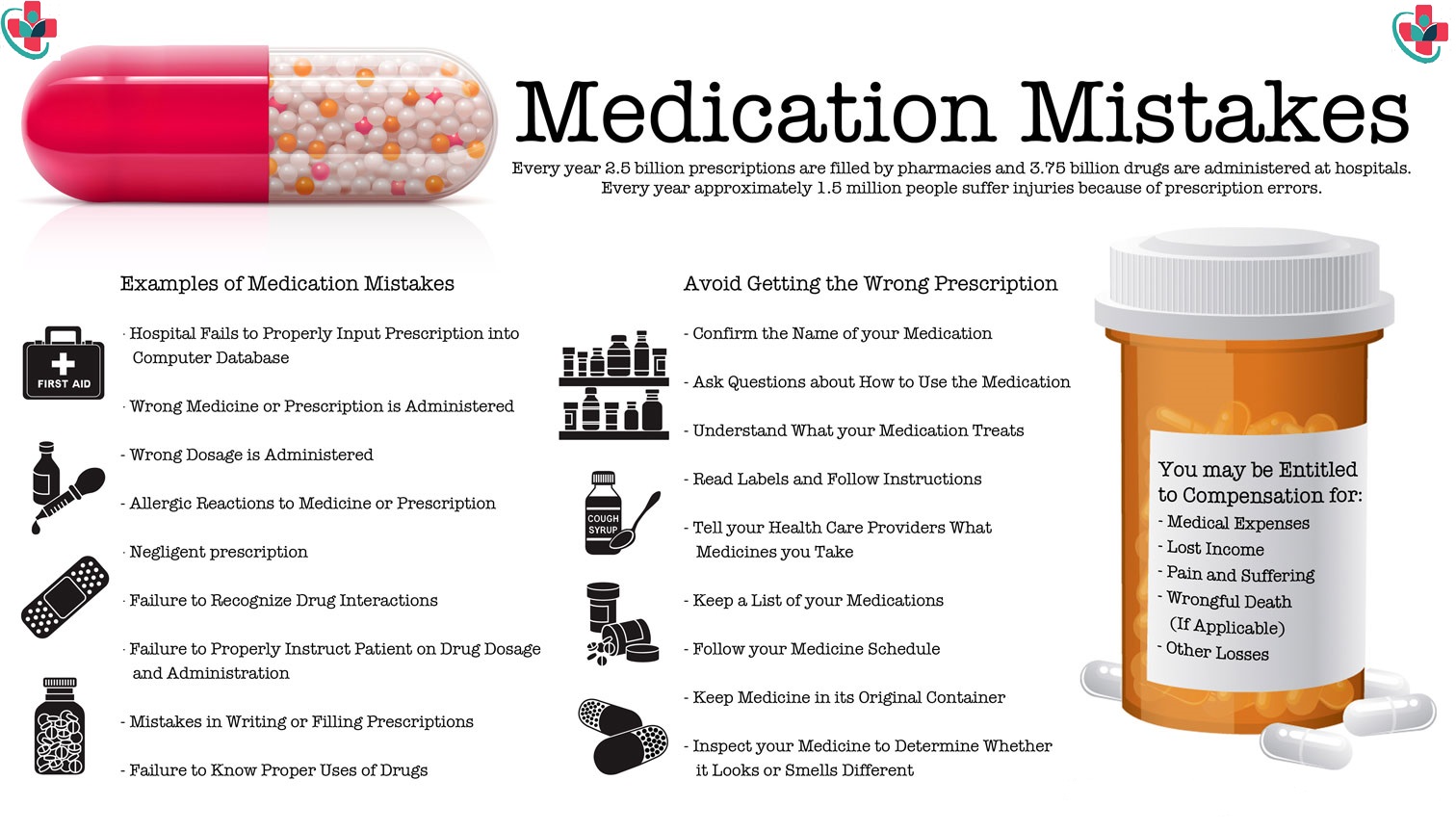 Look for pale, cool and clammy skin; a weak, rapid pulse; trouble breathing; confusion; and loss of consciousness. Do the following immediately:
Look for pale, cool and clammy skin; a weak, rapid pulse; trouble breathing; confusion; and loss of consciousness. Do the following immediately:
- Call 911 or emergency medical help.
- Use an epinephrine autoinjector, if available, by pressing it into the person’s thigh.
- Make sure the person is lying down and elevate his or her legs.
- Check the person’s pulse and breathing and, if necessary, administer CPR or other first-aid measures.
Using an autoinjector
Many people at risk of anaphylaxis carry an autoinjector. This device is a combined syringe and concealed needle that injects a single dose of medication when pressed against the thigh. Always replace epinephrine before its expiration date, or it might not work properly.
Using an autoinjector immediately can keep anaphylaxis from worsening and could save your life. Be sure you know how to use the autoinjector. Also, make sure the people closest to you know how to use it.
Long-term treatment
If insect stings trigger your anaphylactic reaction, a series of allergy shots (immunotherapy) might reduce your body’s allergic response and prevent a severe reaction in the future.
Unfortunately, in most other cases there’s no way to treat the underlying immune system condition that can lead to anaphylaxis. But you can take steps to prevent a future attack — and be prepared if one occurs.
- Try to avoid your allergy triggers.
- Carry self-administered epinephrine. During an anaphylactic attack, you can give yourself the drug using an autoinjector.
Clinical trials
Explore Mayo Clinic studies testing new treatments, interventions and tests as a means to prevent, detect, treat or manage this condition.
Coping and support
Having a potentially life-threatening reaction is frightening, whether it happens to you, others close to you or your child.:max_bytes(150000):strip_icc()/mosquito-bites-1298218-5c04a65246e0fb000183d55a.png) Developing an anaphylaxis emergency action plan can help put your mind at ease.
Developing an anaphylaxis emergency action plan can help put your mind at ease.
Work with your own or your child’s doctor to develop this written, step-by-step plan of what to do in the event of a reaction. Then share your plan with teachers, baby sitters and other caregivers.
If your child has a severe allergy or has had anaphylaxis, talk to the school nurse and teachers to find out what plans they have for dealing with an emergency. Make sure school officials have a current autoinjector.
Sept. 14, 2019
Serious Allergic Reactions (Anaphylaxis) (for Parents)
What Is Anaphylaxis?
Anaphylaxis is a severe allergic reaction. Things that can cause allergic reactions are called allergens.
Anaphylaxis (an-eh-fil-AK-siss) most often happens during allergic reactions to:
Anaphylaxis can be scary.:max_bytes(150000):strip_icc()/penicillin-allergies-2634584-01-8e7ad55b8d914e23a20b9597af84dc63.png) But being prepared will help you treat a reaction quickly.
But being prepared will help you treat a reaction quickly.
What Are the Signs & Symptoms of Anaphylaxis?
Allergic reactions can cause:
- trouble breathing
- throat tightness or feeling like the throat or airways are closing
- hoarseness or trouble speaking
- wheezing
- nasal stuffiness or coughing
- nausea, belly pain, vomiting, or diarrhea
- trouble swallowing
- fast heartbeat or pulse
- skin itching, tingling, redness, or swelling
- hives
- a feeling like something bad is about to happen
- pale skin
- passing out
Anaphylaxis can cause different symptoms at different times. It’s considered anaphylaxis if someone has:
- any severe symptoms, such as trouble breathing, repeated vomiting, passing out, or throat tightness
or - two or more mild symptoms, such as hives and vomiting or coughing and belly pain
The person needs treatment right away.
How Is Anaphylaxis Treated?
Someone with anaphylaxis needs help right away. The reaction can get worse very quickly. So doctors usually want people with allergies to carry injectable medicine called epinephrine. Epinephrine enters the bloodstream and works quickly against serious allergy symptoms.
The reaction can get worse very quickly. So doctors usually want people with allergies to carry injectable medicine called epinephrine. Epinephrine enters the bloodstream and works quickly against serious allergy symptoms.
Doctors prescribe epinephrine auto injectors. These should always be with the child with allergies, including at school, sports, jobs, and other activities. The auto injector is small and easy to use.
If the doctor prescribes epinephrine for your child, the doctor will show you how to use it. Two auto injectors should always be with your child in case one injector does not work or your child needs a second dose.
Your doctor also might instruct you to give your child antihistamines in certain cases. But always treat a serious reaction with epinephrine. Never use antihistamines instead of epinephrine in serious reactions.
What Should I Do If My Child Has a Serious Reaction?
Seconds count during anaphylaxis. If your child shows signs of a serious allergic reaction:
If your child shows signs of a serious allergic reaction:
- Give the epinephrine auto-injector right away. If you are alone with your child, give this medicine first, then call 911. If someone is with you, have the person call 911 while you give the epinephrine.
- Lay your child down with legs raised while you wait for the ambulance.
- Go to the emergency room, even if symptoms improve after epinephrine. Your child must be under medical supervision for several hours. This is because a second wave of serious symptoms (called a biphasic reaction) often happens. Your child can get more treatment at the emergency room, if needed.
What Else Should I Know?
Serious allergies can be alarming. But you can help keep your child safe. Be sure to:
- Help your child avoid allergens.
- Always having two epinephrine auto injectors with your child.
- Tell any caregivers, teachers, or coaches about your child’s allergy and be sure they know what to do in an emergency.

- Check that your child’s auto injectors have not expired and don’t get too hot or too cold.
- Have your child wear a medical ID bracelet so others know to use the epinephrine in case of an emergency.
Reviewed by: Larissa Hirsch, MD
Date reviewed: November 2019
When Is an Allergic Reaction an Emergency?
How to Identify Anaphylaxis
The signs and symptoms of anaphylaxis can vary greatly from person to person as well as from time to time in the same person. Also, they may develop very quickly — within seconds of exposure to an allergen — or evolve over an hour or so.
The most common signs and symptoms of an allergic reaction include:
- Cough, difficulty or irregular breathing, wheezing, itchy throat or mouth, and difficulty swallowing
- Nausea, vomiting, abdominal pain, and diarrhea
- Itchiness, red bumps or welts on the skin (hives), and skin redness
- Dizziness, lightheadedness, heart palpitations, chest discomfort or tightness, mental confusion, weakness, lower blood pressure, rapid pulse, loss of consciousness, and fainting
An allergic reaction becomes more serious and is considered a medical emergency when any of the signs or symptoms are particularly severe, such as loss of consciousness or difficulty breathing, or if different parts or systems of the body are involved, such as having the combination of hives and vomiting, Dr.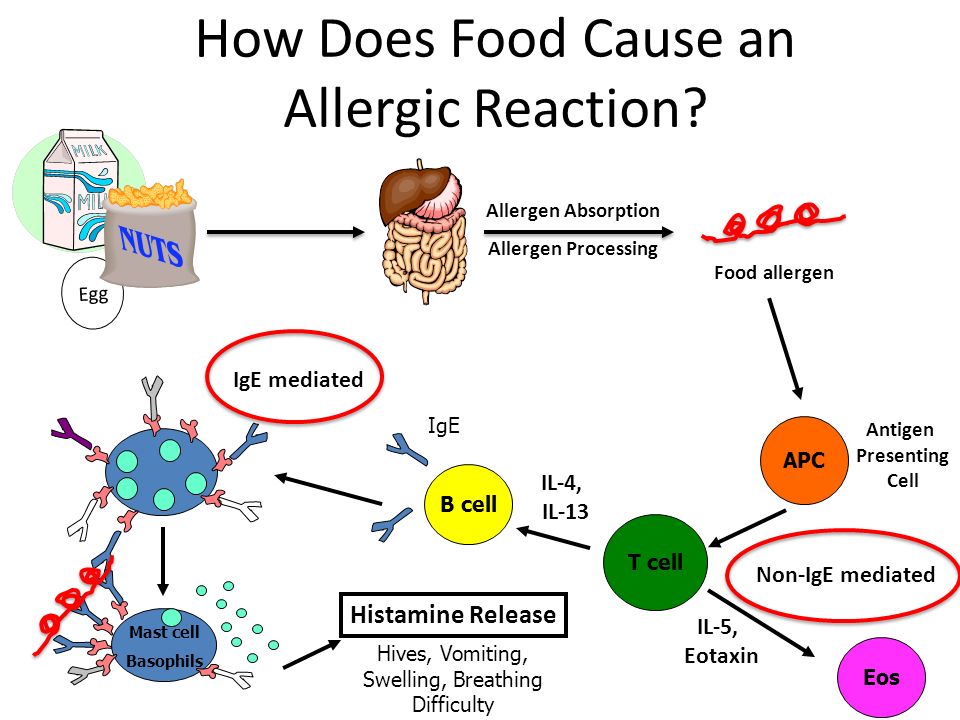 Sicherer says.
Sicherer says.
How to Treat Anaphylaxis
As soon as anaphylaxis is detected, call 9-1-1 immediately and administer epinephrine if available. Try to keep the person as calm as possible.
If he or she has been diagnosed with a severe allergy, emergency medicine should be on hand. “The only treatment is injectable epinephrine,” says Robert Wood, MD, a professor of pediatrics and the chief of the division of pediatric allergy and immunology at Johns Hopkins Children’s Center in Baltimore, Md. “The most common misconception is that epinephrine is dangerous, which isn’t the case. Some doctors will often warn people not to give epinephrine until the last resort, but people with a severe allergic reaction need to take it sooner rather than later.”
People who have severe allergies may be told by their doctor to take a dose of epinephrine even before serious symptoms develop. “For example, if someone has a severe peanut allergy and they know they ate peanut, you could reasonably give the epinephrine before symptoms occur or if there were only mild ones,” Sicherer says.
While waiting for medical assistance to arrive, follow these potentially life-saving tips:
- Avoid giving any oral allergy medicine and any liquids if the person is having trouble breathing.
- If the allergic reaction is from a bee sting, scrape the stinger off with a credit card or fingernail. Do not use tweezers, which will release more venom into the sting site.
- To help prevent shock, have the person lie flat with his or her feet elevated about 12 inches and cover him or her with a blanket or jacket. Do not put the person in this position if it causes discomfort or if a neck, back, or leg injury is suspected.
- Do not put a pillow under the person’s head if he or she is having trouble breathing.
At the Emergency Room
Treating anaphylaxis doesn’t end with injecting epinephrine, even if the person feels better. The next step is seeking medical care at an emergency room (ER).
“The reason you must go to the ER is because you’re having a serious allergic reaction, and even if you feel better after taking epinephrine, the symptoms can still come back,” Sicherer says.
In fact, sometimes a person may get better after a severe allergic reaction but then have symptoms come back even stronger several hours later, which is called biphasic anaphylaxis, he adds. “You should go to the ER and stay there for at least four hours to make sure the symptoms are under control,” Sicherer says. Medical personnel will monitor you and give additional medications if needed.
Anaphylaxis – Treatment – NHS
Anaphylaxis is a medical emergency that requires immediate treatment.
What to do
If someone has symptoms of anaphylaxis, you should:
- use an adrenaline auto-injector if the person has one – but make sure you know how to use it correctly first
- call 999 for an ambulance immediately (even if they start to feel better) – mention that you think the person has anaphylaxis
- remove any trigger if possible – for example, carefully remove any stinger stuck in the skin
- lie the person down flat – unless they’re unconscious, pregnant or having breathing difficulties
- give another injection after 5-15 minutes if the symptoms do not improve and a second auto-injector is available
If you’re having an anaphylactic reaction, you can follow these steps yourself if you feel able to.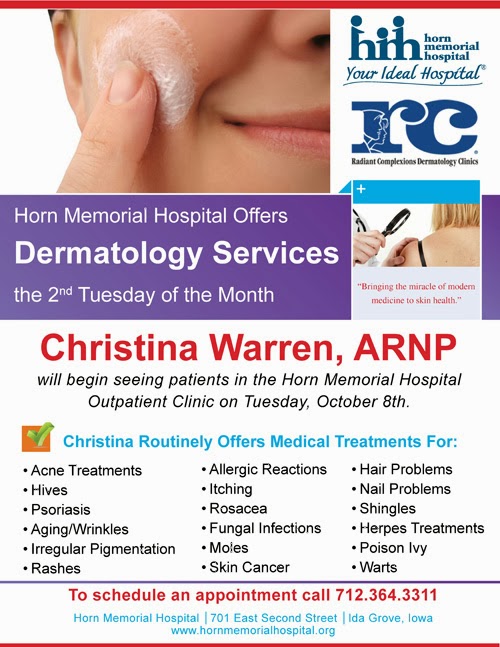
Adrenaline auto-injectors
People with potentially serious allergies are often prescribed adrenaline auto-injectors to carry at all times. These can help stop an anaphylactic reaction becoming life threatening.
They should be used as soon as a serious reaction is suspected, either by the person experiencing anaphylaxis or someone helping them.
Make sure you’re aware how to use your type of auto-injector correctly. And, carry 2 of them with you at all times.
There are 3 main types of adrenaline auto-injector, which are used in slightly different ways.
These are:
Instructions are also included on the side of each injector if you forget how to use it or someone else needs to give you the injection.
Positioning and resuscitation
Someone experiencing anaphylaxis should be placed in a comfortable position.
- most people should lie flat
- pregnant women should lie on their left side to avoid putting too much pressure on the large vein that leads to the heart
- people having trouble breathing should sit up to help make breathing easier
- people who are unconscious should be placed in the recovery position to ensure the airway remains open and clear – place them on their side, making sure they’re supported by one leg and one arm, and open their airway by lifting their chin
- avoid a sudden change to an upright posture such as standing or sitting up – this can cause a dangerous fall in blood pressure
If the person’s breathing or heart stops, cardiopulmonary resuscitation (CPR) should be performed immediately.
In hospital
You will need to go to hospital for observation – usually for 6-12 hours – as the symptoms can occasionally return during this period.
While in hospital:
- an oxygen mask may be used to help breathing
- fluids may be given directly into a vein to help increase blood pressure
- additional medicines such as antihistamines and steroids may be used to help relieve symptoms
- blood tests may be carried out to confirm anaphylaxis
You should be able to go home when the symptoms are under control and it’s thought they will not return quickly. This will usually be after a few hours, but may be longer if the reaction was severe.
You may be asked to take antihistamines (an anti-allergy medicine) and steroid tablets for a few days after leaving hospital to help stop your symptoms returning.
You will also probably be asked to attend a follow-up appointment with an allergy specialist so you can be given advice about how you can avoid further episodes of anaphylaxis.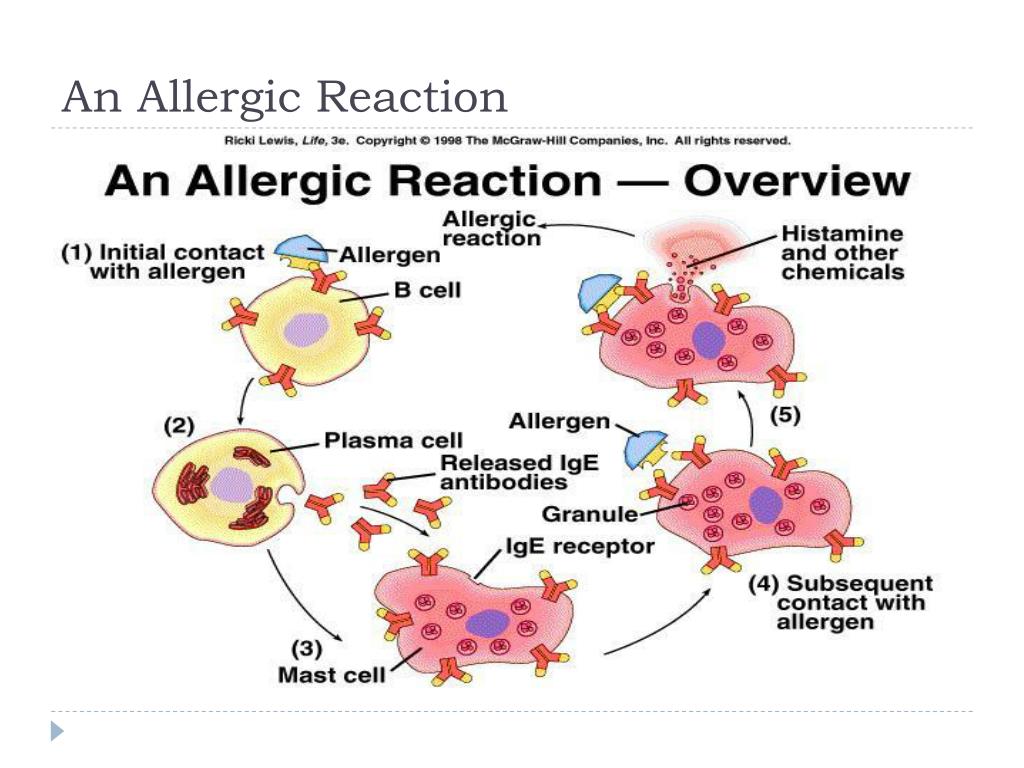
Adrenaline auto-injectors may be provided for emergency use between leaving hospital and attending the follow-up appointment.
Page last reviewed: 29 November 2019
Next review due: 29 November 2022
Anaphylaxis Symptoms | When to See a Doctor for Allergic Reaction
An allergic reaction can appear in a variety of ways, from a rash or mild itch, to hay fever, to a severe and possibly life-threatening reaction called anaphylaxis. While rare, anaphylaxis is commonly triggered by insect stings, foods, or medications and can lead to anaphylactic shock, coma and death within 15 minutes. In most cases, an allergic reaction can be treated at home with over-the-counter medications. If an anaphylactic reaction occurs, it’s critically important to seek immediate medical care.
Common Causes of an Allergic Reaction
An allergic reaction is an inflammatory process triggered by a substance known as an allergen.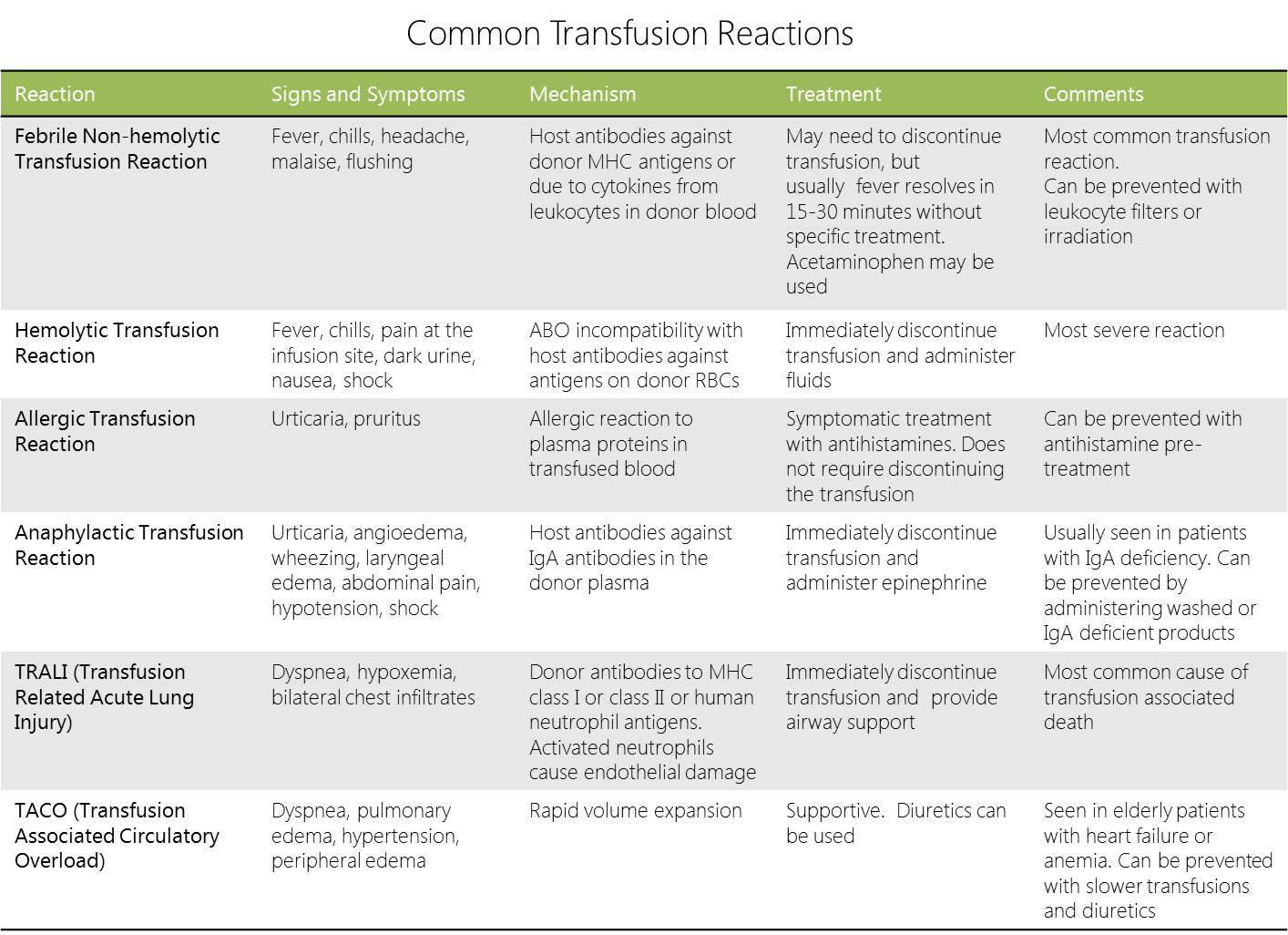 In simpler terms, a reaction occurs when a person’s immune system regards a relatively harmless substance as a danger and then attacks the threat. The immune system’s overactive response includes the release of histamine, a substance that causes inflammation and swelling. During an allergic reaction, the eyes, skin, respiratory system, digestive system, heart and circulatory system, or brain and nervous system can be affected.
In simpler terms, a reaction occurs when a person’s immune system regards a relatively harmless substance as a danger and then attacks the threat. The immune system’s overactive response includes the release of histamine, a substance that causes inflammation and swelling. During an allergic reaction, the eyes, skin, respiratory system, digestive system, heart and circulatory system, or brain and nervous system can be affected.
There are many allergens both inside and outside the home, including:
Bee sting venom
Medications
Food allergies from foods, such as peanuts, milk, wheat, eggs and fish
Animal fur, hair or feathers
Poison ivy
Pollen from weeds, trees and grasses
Air pollution or smoke
Latex and rubber
Detergents and soaps
Allergic Reaction Treatment at Home
If minor symptoms of an allergic reaction occur, such as itchy skin, sneezing, runny nose, hives or watery or red eyes, over-the-counter antihistamines like diphenhydramine (Benadryl) or decongestants like Sudafed can often treat and relieve the symptoms.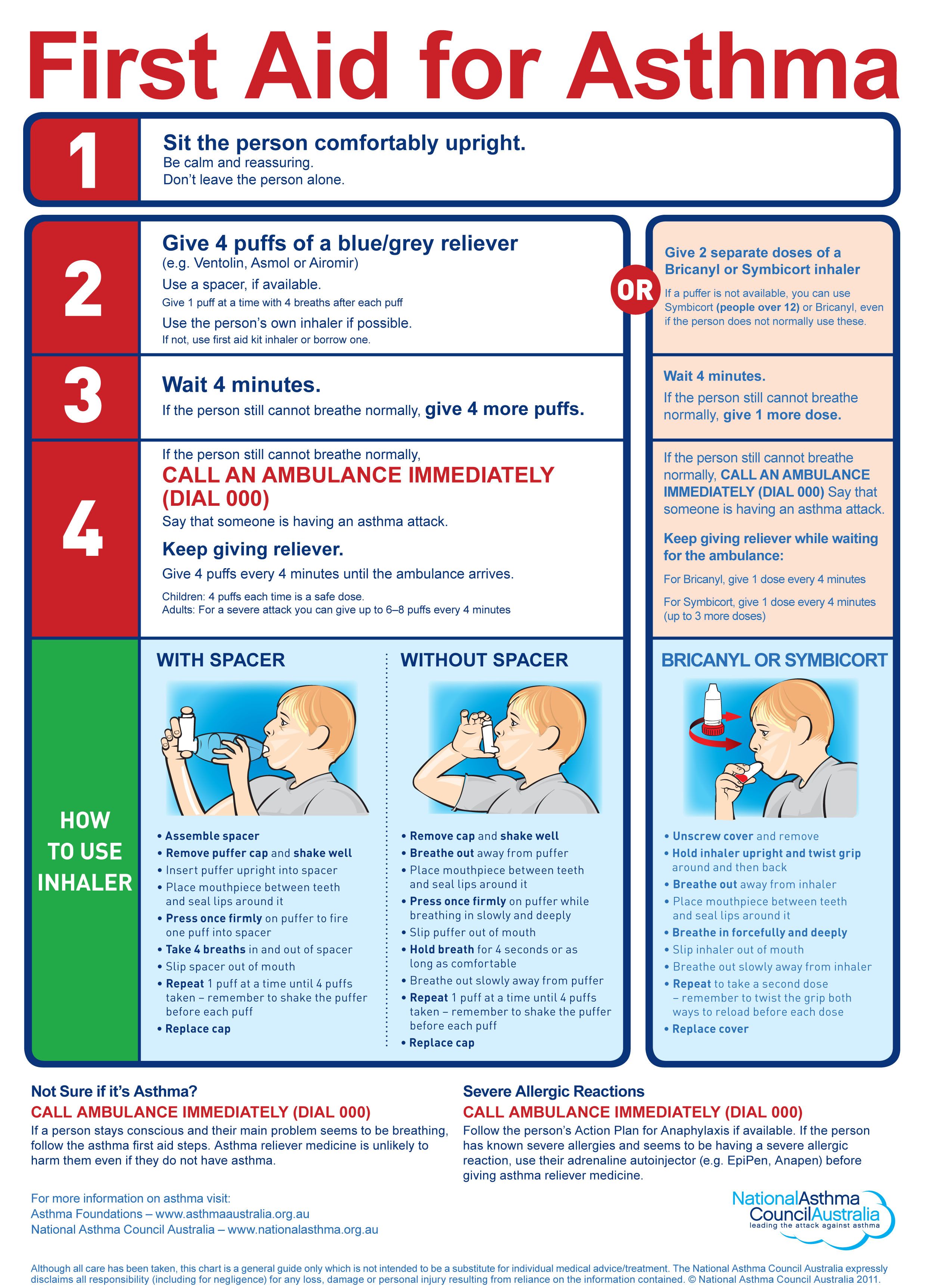 You may need more than one dose.
You may need more than one dose.
With some exposures, it can be difficult to know if you’re having an allergic reaction because symptoms, such as skin rash, may not appear for several hours. Also, antihistamines may not have an effect right away and symptoms may continue. If you have questions or concerns about your symptoms, call your doctor’s office for a same-day appointment or go to a walk-in clinic for an evaluation.
When to See a Doctor for a More Severe Reaction
A more severe allergic reaction like anaphylaxis requires immediate medical assistance. Call 911 or have someone you are with take you to the nearest emergency room if you experience any of the following symptoms:
If you’ve been previously diagnosed with a severe allergy, always carry injectable epinephrine with you. If serious symptoms occur, inject the medicine as directed and call 911—even if you feel your symptoms are improving.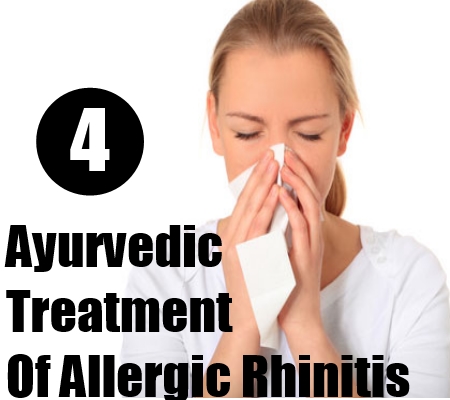
Who to See for an Allergic Reaction
An allergist is a doctor who specializes in diagnosing and treating allergies and allergy-related diseases. They are specially trained to identify factors that trigger an allergy. A person’s allergic reaction may be mild and treatable at home, but an allergist can help if an allergy interferes with day-to-day activities. If the allergic reaction is severe and requires immediate medical care, calling 911 or seeking emergency care at the nearest ER is critical.
Severe Allergic Reaction: Anaphylaxis | AAFA.org
ANAPHYLAXIS: A Severe Allergic Reaction
Anaphylaxis affects at least one in 50 people living in the U.S.
What Is Anaphylaxis?
Anaphylaxis (anna-fih-LACK-sis) is a serious allergic reaction that is rapid in onset and may cause death.
What Are the Symptoms of Anaphylaxis?
Symptoms usually involve more than one organ system (part of the body), such as the skin or mouth, the lungs, the heart and the gut.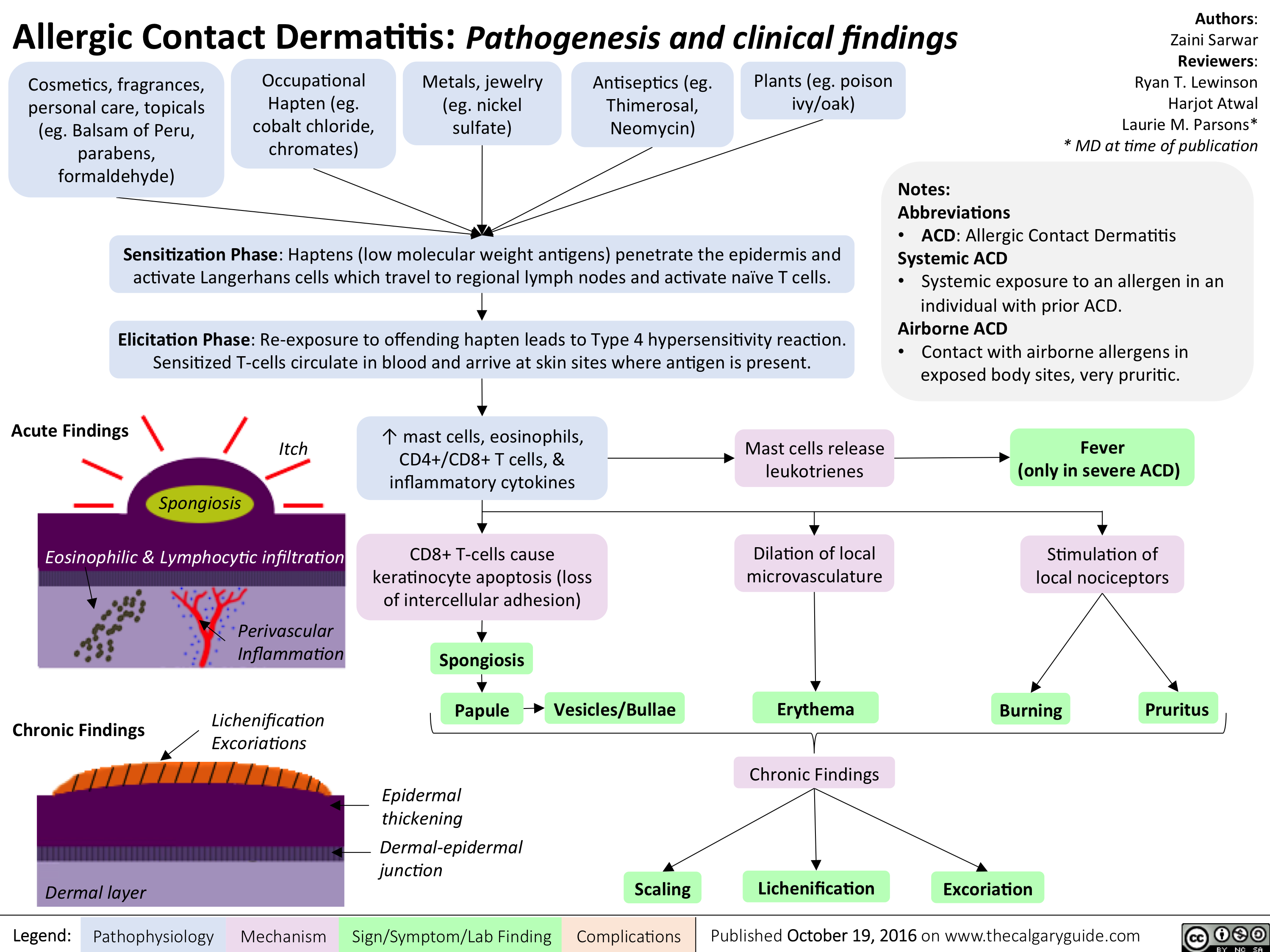 Some symptoms include:
Some symptoms include:
- Skin rashes, itching or hives
- Swelling of the lips, tongue or throat
- Shortness of breath, trouble breathing or wheezing (whistling sound during breathing)
- Dizziness and/or fainting
- Stomach pain, bloating, vomiting or diarrhea
- Uterine cramps
- Feeling like something awful is about to happen
Ask your doctor for a complete list of symptoms and an anaphylaxis action plan. Anaphylaxis must be treated right away to provide the best chance for improvement and prevent serious, potentially life-threatening complications.
What Is the Treatment for Anaphylaxis?
Epinephrine (ep-uh-NEF-rin) is the most important treatment available. Always carry two epinephrine auto-injectors so you can quickly treat a reaction wherever you are. (Learn more on our related website for Kids With Food Allergies: Epinephrine Is the First Line of Treatment for Severe Allergic Reactions).
- Promptly inject the medicine at the first sign of an anaphylactic reaction. Consider carrying your anaphylaxis action plan along with your auto-injectors.
- Call 911 to go to a hospital by ambulance. You must seek medical care immediately – even if you feel better – because symptoms can recur.
- You may need other treatments, in addition to epinephrine.
ALLERGIC EMERGENCY
If you think you are having anaphylaxis, use your self-injectable epinephrine and call 911.
Do not delay. Do not take antihistamines in place of epinephrine. Epinephrine is the most effective treatment for anaphylaxis.
What Causes Anaphylaxis?
An allergy occurs when the body’s immune system sees something as harmful and reacts. Your immune system tries to remove or isolate the trigger. The result is symptoms such as vomiting or swelling. The most common triggers of anaphylaxis are allergens. Medicines, foods, insect stings and bites, and latex most often cause severe allergic reactions.
Medicines, foods, insect stings and bites, and latex most often cause severe allergic reactions.
- Medicines are the leading cause in adults
Common culprits are penicillin and other antibiotics, aspirin and aspirin-related products and insulin. - Foods are the leading cause in children
In the U.S., the most common food allergies are peanuts, tree nuts, shellfish, fish, milk, eggs, soy and wheat. These are the “top 8 allergens.” In children, the most common food allergies are milk, eggs, peanuts, soy and wheat. In adults, the most common food allergies are shellfish, tree nuts and peanuts. - Insect stings and bites
Stinging insects such as bees, wasps, hornets, yellow jackets and fire ants can cause anaphylaxis. Certain tick bites can cause a person to develop severe allergic reactions to meat. Bites from the “kissing bug” and deer fly also cause a local allergic reaction.
- Latex
Natural rubber latex may cause a mild skin irritation or it can trigger a severe allergic reaction. Direct contact with latex items (latex gloves, condoms and balloons) can cause a reaction. Inhaling small latex particles that have become airborne can trigger latex allergy. Putting on and removing latex gloves can release small latex particles into the air. - Physical activity
Exercise-induced anaphylaxis is a rare allergic reaction that occurs after vigorous physical activity. Temperature, seasonal changes, drugs, alcohol or eating certain foods before exercise may be co-factors. In other words, both exercise and this other factor have to be present for a person to have the severe allergic reaction.
With proper evaluation, allergists identify most causes of anaphylaxis. Some people have allergic reactions without any known exposure to common allergens. If an allergist cannot identify a trigger, the condition is idiopathic anaphylaxis.
How Can I Tell the Difference Between Anaphylaxis and Asthma?
People with asthma often have allergies as well. This puts them at higher risk of developing anaphylaxis, which also can cause breathing problems. For that reason, it is important to manage your asthma well. Some of the symptoms of a severe allergic reaction or a severe asthma attack may seem similar. A helpful clue to tell the these apart is that anaphylaxis may closely follow ingestion of a medication, eating a specific food, or getting stung or bitten by an insect.
If you are unsure if it is anaphylaxis or asthma:
- Use your epinephrine auto-injector first (it treats both anaphylaxis and asthma).
- Then use your asthma relief inhaler (e.g. albuterol).
- Call 911 and go to the hospital by ambulance.
What Can I Do to Prevent Anaphylaxis?
- Know your allergens. An accurate diagnosis is important. An allergist can help you create a plan to keep you safe.

- Avoid your allergens.
- If you have a drug allergy, be familiar with both the generic name and brand names of medicines that cause you to have a severe allergic reaction. And be aware of ingredients in a combination product. Become familiar with medicines that might cause a cross-reaction. Read drug information carefully.
- If you have a food allergy, be careful about everything you eat. Check ingredients on all food labels. Wash hands, and use clean surfaces and utensils to prepare food. Ask restaurant staff how they prepare foods. (Learn more on our related website for Kids With Food Allergies: What Is a Food Allergy?)
- If you react to insect stings or exercise, talk to your doctor about how to avoid these reactions.
- Carry your epinephrine auto-injectors with you at all times. This is very important and can save your life or the life of a loved one.

- Prepare with a plan. Have your doctor help you create an anaphylaxis action plan.
- Talk to your doctor and caregivers. Make sure they know the names of any medications you are allergic to and what symptoms you had when you took them. Give them a list of every drug you take. Some common medicines, like beta-blockers, can worsen anaphylaxis.
- Wear a medical ID bracelet or necklace. It lets others know of your allergy in an emergency. Also, keep a card in your wallet or purse that explains your allergy.
Who Is At Risk for Anaphylaxis?
- People who have experienced anaphylaxis before
- People with allergies to foods, insect stings, medicine and other triggers
If you are at-risk:
- Keep your epinephrine auto-injectors on-hand at all times and be ready to use them if an emergency occurs.
- Talk with your doctor about your triggers and your symptoms.
 Your doctor may tell you to see an allergist. An allergist can help you identify your allergies and learn to manage your risk of severe reactions.
Your doctor may tell you to see an allergist. An allergist can help you identify your allergies and learn to manage your risk of severe reactions. - Ask your doctor for an anaphylaxis action plan. This will help you know what to do if you experience anaphylaxis.
Medical Review October 2015, updated February 2017.
Hospital-Acquired Anaphylaxis
US Pharm. 2013;38(7):HS10-HS14.
ABSTRACT: Anaphylaxis is a severe allergic
reaction that often presents in an outpatient setting. Currently, there
is limited literature on the prevalence, cause, and risk factors of
anaphylaxis in a hospital setting. However, it has been found that
certain medications, latex, food, and contrast media may increase a
patient’s risk for anaphylaxis. With the influence of clinical
pharmacists and more patient-based care teams, hospital-induced
anaphylaxis can be prevented.
Anaphylaxis is considered a medical emergency, which requires immediate treatment due to its potentially fatal outcomes.1,2
This condition is often seen in the outpatient setting, with limited
literature describing the incidence and cause of hospital-induced
anaphylaxis. Severe anaphylaxis occurs relatively infrequently among
hospitalized patients, with an average risk of about 1 case per 5,000
admissions.3 However, studies report that anaphylaxis is not
as rare as previously considered, with an estimated 1.2% to 1.5% of the
total U.S. population being affected and 0.002% experiencing a fatal
event.4
RISK FACTORS
There are many triggers that have been shown to increase
the risk of hospital-induced anaphylaxis. Previous studies have shown an
increased risk in females, patients under 20 years of age, and those
admitted into the vascular surgery unit.2,4TABLE 1 further introduces the risk factors of anaphylaxis.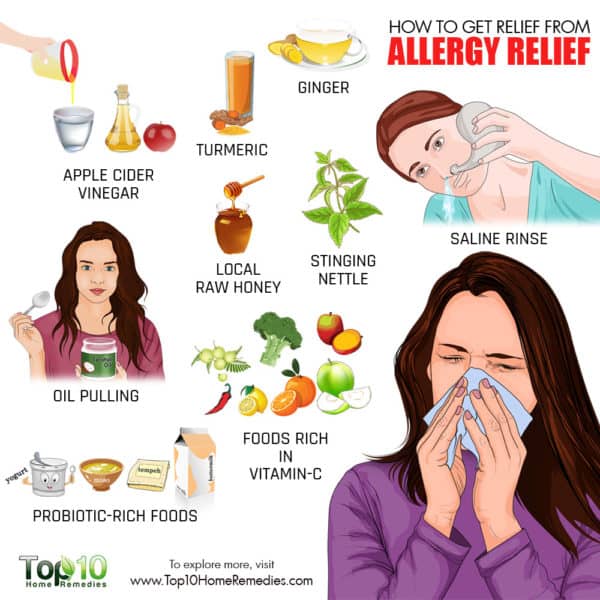 4-7
4-7
PATHOPHYSIOLOGY
Anaphylaxis, or type 1 hypersensitivity reaction, can be classified as immuno-logic, idiopathic, or nonimmunologic.8
Immunologic reactions are the most commonly observed type of
anaphy-laxis in a hospital setting. These reactions are often triggered
by an exposure to immunoglobulin-dependent factors such as foods,
venoms, latex, and drugs, or by other factors such as blood products or
immune aggregates. They can be classified as immunoglobulin E
(IgE)-dependent or IgE-independent reactions.9,10
IgE-dependent anti-bodies, which are commonly seen in hospital-induced
anaphylaxis, are the main activators of the allergic response shown in FIGURE 1.1,8-11
This reaction is caused by the cross-linking between the antibody and
the high affinity Fc (fragment crystallizable) receptor, which is
present on mast cells and basophils. This binding, in addition to
This binding, in addition to
calcium influx, causes mast cells and/or basophils to induce
degranulation. The degranulation further results in the vascular
permeability and smooth muscle contraction seen in anaphylaxis.8,10
During the degranulation phase, multiple biochemical
mediators and chemotactic substances are released. Common substances
include cytokines, prostaglandins, and histamine.8,10
Histamine is a major mediator that has the potential of causing
tachycardia, bronchospasm, and hypotension. A diagnosis of anaphylaxis
can be made based on a patient’s clinical symptoms. However, during an
attack, histamine and tryptase are the most commonly monitored mediators
when evaluating the severity of a reaction.8 In contrast to
histamine, tryptase can be used to determine both the severity and the
cause of the anaphylactic reaction (i.e., drug, insect, food).8
SIGNS AND SYMPTOMS
The clinical presentation of hospital-acquired anaphylaxis is similar to the presentation experience in an outpatient setting. 2,3
2,3
Anaphylaxis symptomology may affect a variety of systems that include,
but are not limited to, the cardiovascular, respiratory,
gastrointestinal, and mucocutaneous systems.12 Symptoms
involving the cardiovascular system include syncope, tachycardia, and
hypotension, which in turn affects perfusion to certain organs. Symptoms
involving the respiratory system include wheezing, chest tightness, and
dyspnea.
The International Collaborative Study of Severe
Anaphylaxis (ICSA), which evaluated severe anaphylactic reactions among
hospitalized patients, documented that approximately 79% of patients
with hospital-acquired anaphylaxis presented with a respiratory
component, 70% presented with a cardiovascular component, and 49%
presented with both respiratory and cardiovascular symptoms.3 Other common symptoms noted in this and previous studies are outlined in TABLE 2.13-15
It is important to note that the presentation of anaphylaxis may vary
from person to person; therefore the absence of common symptoms should
not rule out the possibility of anaphylaxis.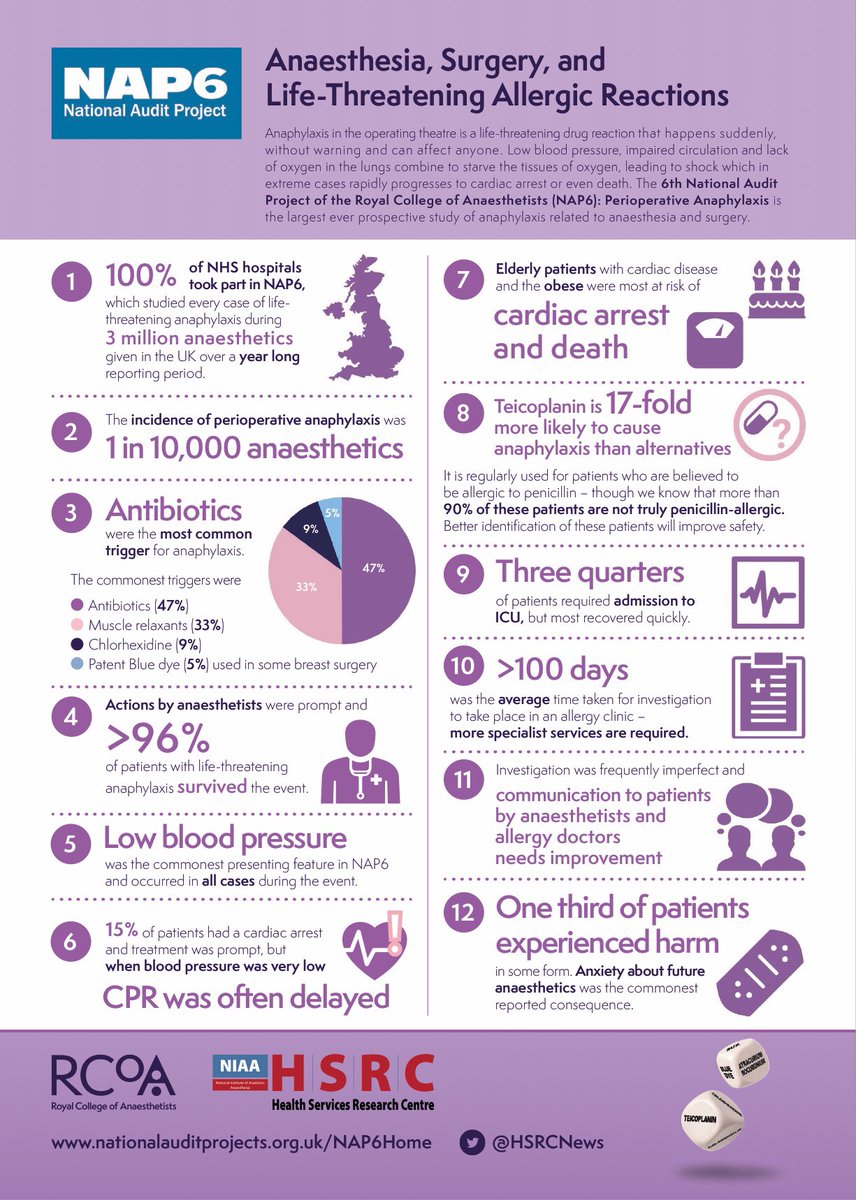 12
12
CAUSES OF ANAPHYLAXIS
Drug-Induced Anaphylaxis in a Hospital Setting
Various studies have documented possible triggers for
anaphylaxis in a hospital and surgical setting. While there are many
causes for anaphylaxis in a nonsurgical hospital setting, medications
have been found to be the most frequent cause.2,3 The ICSA
grouped medications and other agents into three major categories based
on their risk of causing anaphylaxis in a nonsurgical hospital setting (TABLE 3).16 These categories included the following: relatively low risk, 5 to 15 episodes per 100,000 exposed patients; intermediate risk, 30 to 100 episodes per 100,000 exposed patients: and high risk,
100 episodes per 100,000 exposed patients. The ICSA observed that
streptokinase, platelet concentrates, and snake antivenom posed the
highest risk for anaphylaxis in a hospital setting. This was followed by
This was followed by
parenteral penicillin, iodinated radiologic contrast, blood products,
and dextran, which carried an intermediate risk, while nonsteroidal
anti-inflammatory drugs (NSAIDs) and antibiotics, excluding parenteral
penicillin, carried the lowest risk.16
Within these categories, the ICSA found that of the NSAIDs
evaluated, diclofenac suppositories were found to have the highest risk
of anaphylaxis (16 per 100,000) when compared to aspirin (2.1 per
100,000) and oral and parenteral formulations of diclofenac (7.2 per
100,000 and 9.0 per 100,000, respectively).2,16 This study
also documented that ionic contrast media (71 per 100,000) had a higher
risk for inducing anaphylaxis than nonionic contrast media (35 per
100,000).16 This finding is consistent throughout a number of studies documenting the risk of anaphylaxis induced by contrast media.17-19
Surgical procedures requiring general anesthesia pose a major risk for life-threatening anaphylactic reactions. 20
20
Similar to anaphylaxis in the nonsurgical setting, anaphylaxis in the
surgical setting is also associated with the use of certain medications.
Neuromuscular blocking agents (NMBAs), such as rocuronium, have the
highest correlation with anaphylaxis while under general anesthesia
(61.6%).21,22 This is followed by latex (16.6%), antibiotics (8.3%), colloids (2.7%), and opioids (2.7%).
Medications that are derived from an animal source can
also trigger an anaphylactic reaction. Although there is limited
literature on the prevalence of medication-induced anaphylaxis from
animal-derived products in a hospital setting, there are some
animal-derived medications that have been associated with anaphylaxis,
such as insulin.23 Of the insulin-induced anaphylaxis cases
that have been documented, porcine insulin was found to be less
allergenic than bovine insulin.24,25 Other animal-derived
products that have been associated with an immune response include
bovine thrombin (IgG mediated) and porcine gut heparin (IgG and IgE).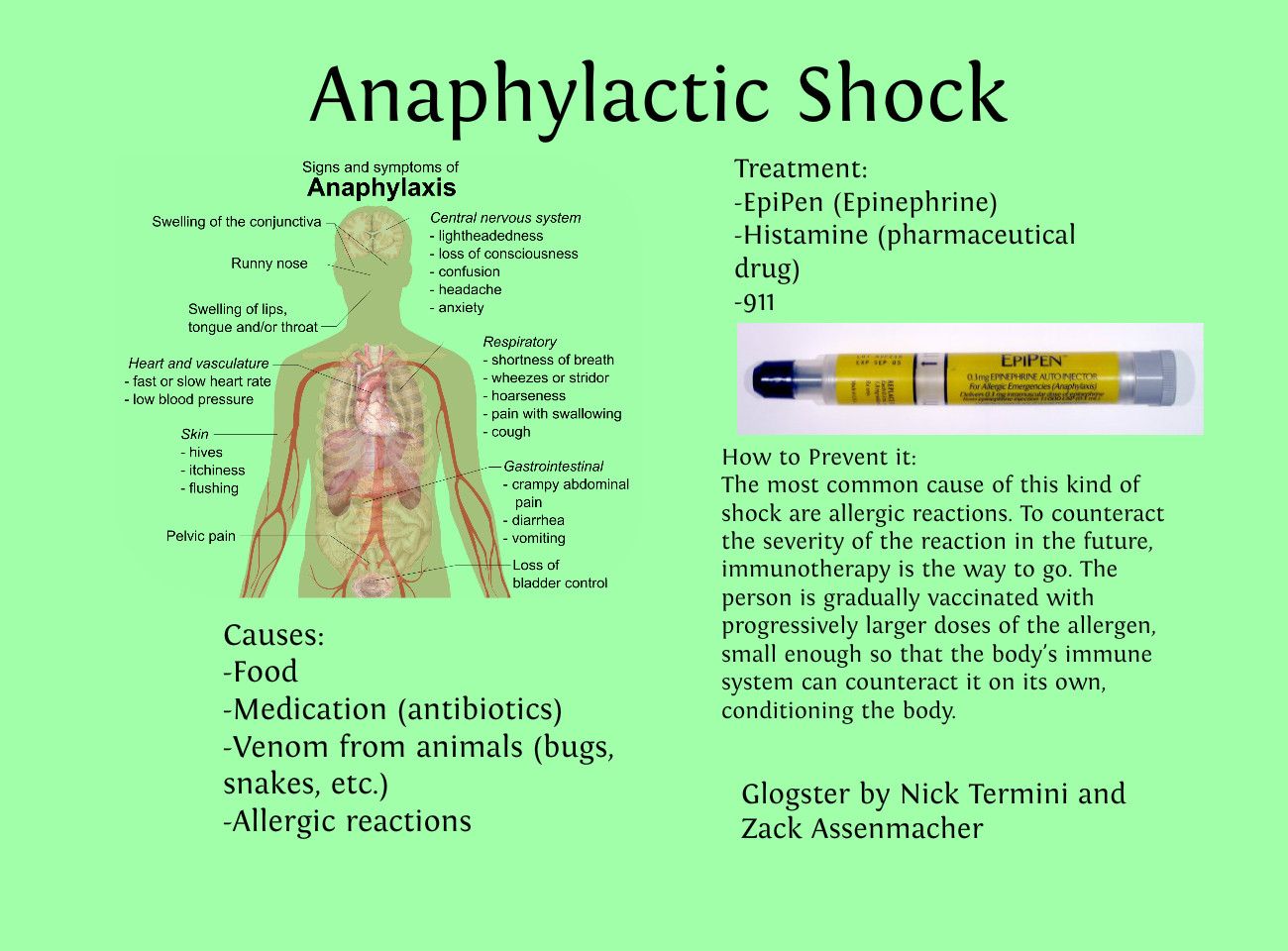 24,25
24,25
Nondrug-Induced Anaphylaxis
Latex: Outside of medication-induced
anaphylaxis, hospital-acquired anaphylaxis can also be triggered by
other factors. One factor in particular is natural rubber latex (NRL).
As mentioned earlier, latex has been found to be the second most common
cause for anaphylaxis in a surgical setting. It has been found that
extended periods of exposure to NRL can lead to sensitization, which is a
prerequisite to type I immediate hypersensitivity reactions such as
anaphylaxis. Because of this, individuals who have undergone multiple
surgical procedures and those with long-term bladder care (i.e., use of
urinary catheters) are at greater risk for developing anaphylaxis to
NRL.22,26,27 Commonly used NRL products, which include
balloon-tipped catheters used in arterial catheterization, should not be
used with patients who have been sensitized to latex or those who have
had a past reaction to latex. A list of NRL products is presented in TABLE 4.28,29
A list of NRL products is presented in TABLE 4.28,29
Food and Other: As with anaphylaxis in an outpatient setting, food allergies can also trigger a reaction in hospitalized patients.2
In contrast to medication- and latex-induced anaphylaxis, there are
limited data analyzing food-induced anaphylaxis in hospital settings.
However, though the data are limited, it should be noted that all foods
have the potential to cause anaphylaxis. Studies have found that peanuts
are associated with the majority of severe food-induced anaphylaxis,
followed by tree nuts and animal-related food products (i.e., cow’s milk
and hen’s eggs).12,30 If a patient has a recorded history of
a severe food allergy, it could be hypothesized that food contamination
within the hospital setting could possibly hinder food allergen
avoidance.
In addition to ingestion of certain foods, physical
contact with allergens could lead to a reaction. Allergens that are
Allergens that are
present on sheets, surgical equipment, and other materials within the
hospital could trigger a response. Therefore, health professionals
should aim to be more vigilant to limit potential exposure to allergens.
TREATMENT
The treatment of anaphylaxis is similar in both an outpatient and an inpatient setting.31
Retrospective evaluations of anaphylaxis episodes indicate that
epinephrine, oxygen, and fluid resuscitation are the cornerstones for
any successful treatment.29 A stepwise approach to treating anaphylaxis follows.
1. Removal of Trigger
The first step in treating any form of anaphylaxis is to remove the offending agent.
2. Epinephrine
Epinephrine is considered the first-line drug of choice for anaphylaxis.5 It targets alpha1-adrenergic
receptors throughout most of the body, which gives it the ability to
relieve airway swelling, hypotension, and shock.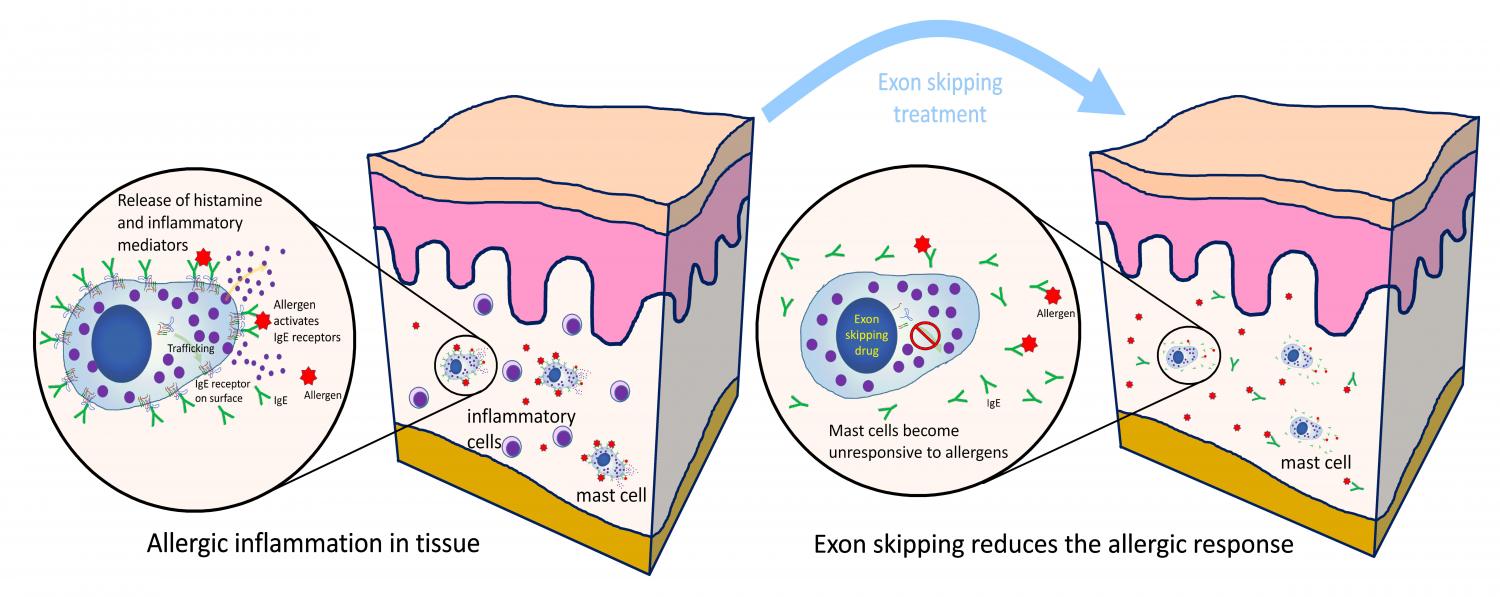 5 Epinephrine
5 Epinephrine
is dosed at 0.01 mg/kg with a maximum dose of 0.5 mg in adults and 0.3
mg in children. In more severe cases of anaphylaxis, the dose can be
repeated every 5 to 15 minutes as needed. If cardiac arrest is imminent
or has already occurred, an IV bolus dose of epinephrine is indicated.
The use of IV epinephrine has potentially fatal consequences (i.e.,
fatal cardiac arrhythmias) and should be avoided, if possible.5,32
3. Oxygen
All patients with respiratory distress and those receiving
repeated doses of epinephrine should be given oxygen at a flow rate of 6
to 8 L/min.5 Oxygen is also suggested in patients with concomitant asthma, other chronic respiratory disease, or cardiovascular disease.
4. Patient Placement
Patients with anaphylaxis should be placed on their back or in a comfortable position with their lower extremities elevated.5
The proper placement of the patient during anaphylaxis preserves
circulation. Furthermore, observations of victims of fatal anaphylactic
Furthermore, observations of victims of fatal anaphylactic
shock suggest that postural changes might have contributed to a fatal
outcome.33
5. Fluid Resuscitation
During anaphylaxis, large amounts of fluid are secreted
from a patient’s circulation, therefore requiring IV infusion of normal
saline.5 The rate of administration is dependent upon the blood pressure, cardiac rate, cardiac function, and urine output.
6. Observation
After the treatment of an anaphylactic reaction, an
observation period lasting 4 to 6 hours is suggested, since an
anaphylactic reaction might recur once the effect of the epinephrine
wears off.5 Prolonged observation periods are suggested for patients with severe or refractory symptoms.33
7. Adjunct Medications
Potent vasopressors (i.e., norepinephrine, vasopressin, or
metaraminol) may be used to overcome vasodilation and shock if
epinephrine and fluid resuscitation have failed in maintaining a
systolic blood pressure >90 mm Hg.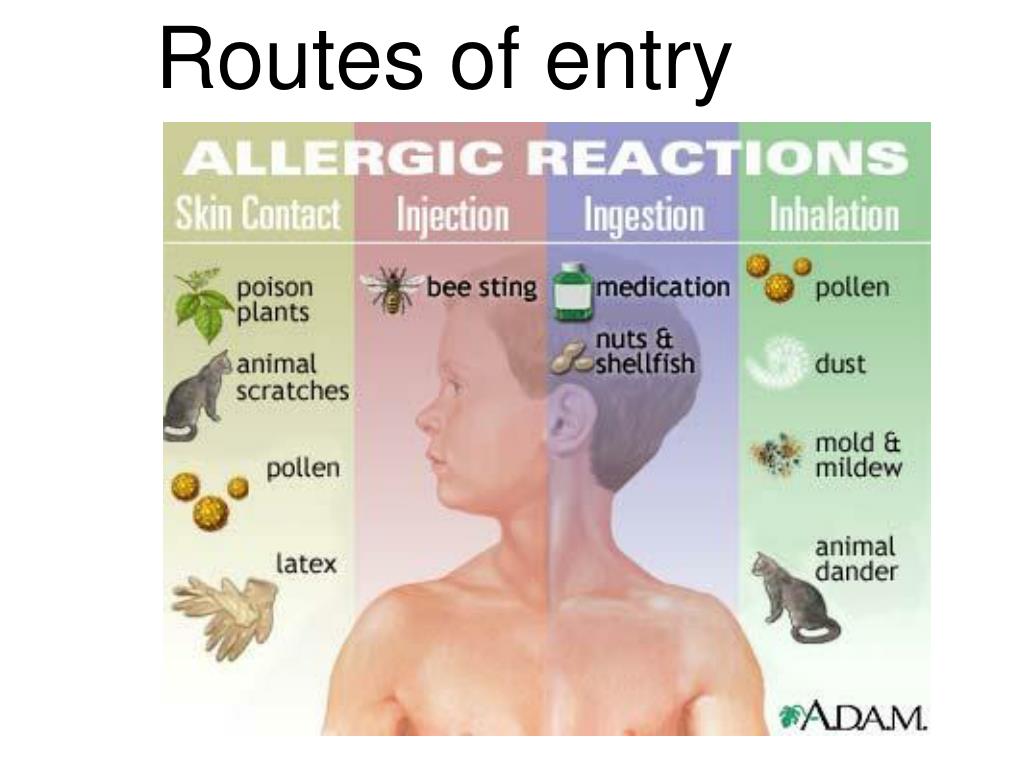 33
33
Antihistamines have been reported to be effective in attenuating the cutaneous manifestations of anaphylaxis.33 Intravenous or intramuscular diphenhydramine (H1-antagonist) can be given at 25 to 50 mg for adults and 1 mg/kg (max 50 mg) for children.33 Treatment with a combination of H1– and H2-antagonists has been reported to be more effective than treatment with H1-antagonists alone.33 Two common H2-antagonists used in combination with H1-antagonists are ranitidine and cimetidine.33
PHARMACISTS’ ROLE
With the increased presence of clinical pharmacists in the
hospital setting, pharmacists can play a major role in the prevention
and treatment of anaphylaxis. Pharmacists may contribute to the
prevention of anaphylaxis by identifying medications that can be
cross-reactive with documented allergies. There are many medications
There are many medications
that are cross-reactive to certain allergies. This knowledge allows
pharmacists to better assist hospital providers, as they can recommend
safer medication alternatives that have a lower chance of inducing a
possible life-threatening anaphylaxis.34
It is also important that pharmacists be aware of the
“desensitization protocol” that is used at their facility by an
allergist. During the desensitization process, patients can be given
repeated doses in larger quantities with a chance of a severe reaction,
so immediate access to emergency medications is required.34
Pharmacists can also ensure that there is an accurate,
up-to-date list of the patient’s medication, latex, and food allergies.
In a hospital setting, it is common for either the nurse or provider to
document allergy information. Pharmacists, however, may play a vital
role by verifying and/or clarifying allergy information from numerous
sources such as patient records, their outpatient pharmacy, or the
patient or a family member. 34 Additional roles include
34 Additional roles include
assisting health care providers with proper documentation of reactions,
providing knowledge of medications or other agents that have a high risk
for inducing anaphylaxis, and being fully informed about the drugs that
are used to treat and/or manage anaphylaxis.
CONCLUSION
Although there is limited literature evaluating
hospital-acquired anaphylactic reactions, it has been documented that
they occur less frequently than observed in an outpatient setting.35 Due to its potential unpredictability and seriousness, anaphylaxis should never be labeled as minor in severity.36 Reports have shown that medications are the most frequent cause of anaphylaxis in admitted patients.2
Such reported data further validate the importance of pharmacists and
their role in the prevention and management of hospitalized-induced
anaphylaxis. With the lack of research on anaphylaxis that originates in
a hospital setting, all health care providers must work together to
ensure the safety of their patients.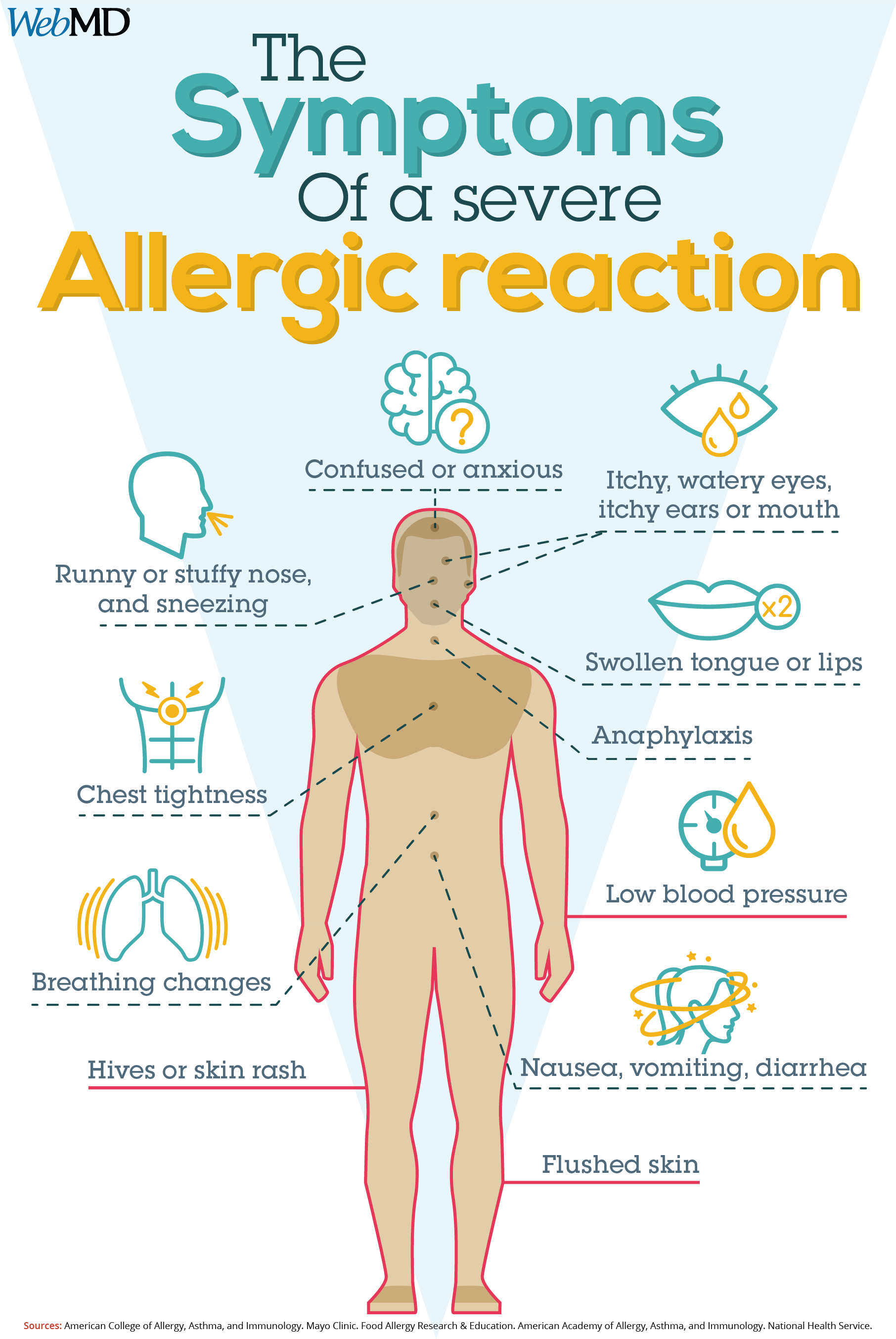
REFERENCES
1. Pastorello EA, Rivolta F, Bianchi M, et al. Incidence
of anaphylaxis in the emergency department of a general hospital in
Milan. J Chromatogr B Biomed Sci Appl. 2001;756:11-17.
2. Tejedor Alonso MA, Moro MM, Hernandez JE, et al. Incidence of anaphylaxis in hospitalized patients. Int Arch Allergy Immunol. 2011;156:212-220.
3. The International Collaborative Study of Severe
Anaphylaxis. An epidemiologic study of severe anaphylactic and
anaphylactoid reactions among hospital patients: methods and overall
risks. Epidemiology. 1998;9:141-146.
4. Lieberman P, Camargo CA, Bohlke K, et al. Epidemiology
of anaphylaxis: findings of the American College of Allergy, Asthma, and
Immunology Epidemiology of Anaphylaxis Working Group. Ann Allergy Asthma Immunol. 2006;97:596-602.
5. Simmons FE, Ardusso LR, Bio MB, et al. World Allergy
Organization guidelines for the assessment and management of
anaphylaxis. J Allergy Clin Immunol. 2011;593:1-22
J Allergy Clin Immunol. 2011;593:1-22
6. Cianferoni A, Novembre E, Mugnaini L, et al. Clinical
features of acute anaphylaxis in patients admitted to a university
hospital: an 11-year retro-spective review (1985-1996). Ann Allergy Asthma Immunol. 2001;87:27-32.
7. Moneret-Vautrin DA, Morisset M, et al. Epidemiology of life-threatening and lethal anaphylaxis: a review. Allergy. 2005;60:443-451.
8. Khan BQ, Kemp SF. Pathophysiology of anaphylaxis. Curr Opin Allergy Clin Immunol. 2011;11:319-325.
9. Demoly P, Bousquet J. Epidemiology of drug allergy. Curr Opin Allergy Clin Immunol. 2001;1:305-310.
10. Peavy RD, Metcalfe DD. Understanding the mechanisms of anaphylaxis. Curr Opin Allergy Clin Immunol. 2008;8:310-315.
11. van der Klauw MM, Wilson JH, Stricker BH.
Drug-associated anaphylaxis: 20 years of reporting in the Netherlands
(1974-1994) and review of the literature. Clin Exper Allergy. 1996;26:1355-1363.
12. Bock SA, Muñoz-Furlong A, Sampson HA. Fatalities due to anaphylactic reactions to foods. J Allergy Clin Immunol. 2001;107:191-193.
13. Kim H, Fischer D. Anaphylaxis. Allergy Asthma Clin Immunol. 2011;7:1-7.
14. Waserman S, Chad Z, Francoeur MJ, et al. Management of
anaphylaxis in primary care: Canadian expert consensus recommendations.
Allergy. 2010;65:1082-1092.
15. Webb LM, Lieberman P. Anaphylaxis: a review of 601 cases. Ann Allergy Asthma Immunol. 2006;97:39-43.
16. The International Collaborative Study of Severe
Anaphylaxis. Risk of anaphylaxis in a hospital population in relation to
the use of various drugs. Pharmacoepidemiol Drug Saf. 2003;12:195-202.
17. Katayama H, Yamaguchi K, Kozuka T, et al. Adverse
reactions to ionic and nonionic contrast media: a report from the
Japanese Committee on the Safety of Contrast Media. Radiology. 1990;175:621-628.
18. Shehadi WH, Toniolo G. Adverse reactions to contrast media. Radiology. 1980;137:299-302.
Radiology. 1980;137:299-302.
19. Palmer FG. The RACR survey of intravenous contrast media reactions: final report. Australas Radiol. 1988;32:426-428.
20. Chong YY, Caballero MR, Lukawska J, et al. Anaphylaxis
during general anaesthesia: one-year survey from a British allergy
clinic. Singapore Med J. 2008;49:483-487.
21. Laxenaire MC. Epidemiology of anesthetic anaphylactoid reactions. Fourth multicenter survey. Ann Fr Anesth Reanim. 1999;18:796-809.
22. Mertes PM, Laxenaire MC. Allergy and anaphylaxis in anaesthesia. Minerva Anestesiol. 2004;70:285-291.
23. Ghazavi MK, Johnston GA. Insulin allergy. Clin Dermatol. 2011;29:300-305.
24. Ness P, Creer M, Rodgers GM, et al. Building an
immune-mediated coagulopathy consensus: early recognition and evaluation
to enhance post-surgical patient safety. Patient Saf Surg. 2009;3:8.
25. Harada A, Tatsuno K, Kikuchi T, et al. Use of bovine
lung heparin to obviate anaphylactic shock caused by porcine gut
heparin. Ann Thorac Surg. 1990;49:826-827.
Ann Thorac Surg. 1990;49:826-827.
26. Garabrant DH, Roth HD, Parsad R, et al. Latex sensitization in health care workers and in the US general population. Am J Epidemiol. 2001;150:515-522.
27. Thong BY, Yeow-Chan. Anaphylaxis during surgical and interventional procedures. Ann Allergy Asthma Immunol. 2004;92:619-628.
28. Yunginger JW. Latex associated anaphylaxis. Immunol Allergy Clin North Am. 2001;21:669-677.
29. Ownby DR, Tomlanovich M, Sammons N, et al. Anaphylaxis associated with latex allergy during barium enema examinations. AJR Am J Roentgenol. 1991;156:903-908.
30. Hompes S, Köhli A, Nemat K, et al. Provoking allergens
and treatment of anaphylaxis in children and adolescents—data from the
anaphylaxis registry of German-speaking countries. Pediatr Allergy Immunol. 2011;22:568-574.
31. Sampson HA. Anaphylaxis and emergency treatment. Pediatrics. 2003;111:1601-1608.
32. McLean-Tooke A, Bethune CA, Fay AC, Spickett GP. Adrenaline in the treatment of anaphylaxis: what is the evidence? BMJ. 2003;327:1332-1335.
Adrenaline in the treatment of anaphylaxis: what is the evidence? BMJ. 2003;327:1332-1335.
33. Sampson HA, Muñoz-Furlong A, Campbell RL, et al.
Second symposium on the definition and management of anaphylaxis:
summary report—Second National Institute of Allergy and Infectious
Disease/Food Allergy and Anaphylaxis Network symposium. J Allergy Clin Immunol. 2006;117:391-397.
34. Technician training tutorial: drug allergies. Pharm Lett/Prescr Lett. 2010;26:260601.
35. Thong BY, Leong K, Tang C, et al. Drug allergy in a general hospital. Ann Allergy Asthma Immunol. 2003;90:342-347.
36. Gavalas M, Sadana A, Metcalf S. Guidelines for the management of anaphylaxis in the emergency department. J Accid Emerg Med. 1998;15:96-98.
To comment on this article, contact [email protected].
90,000 Symptoms, Signs and Treatment of Allergy | Polyclinic Medical Complex
Allergy is an atypical reaction of the body’s immune system to irritants, bacteria and viruses.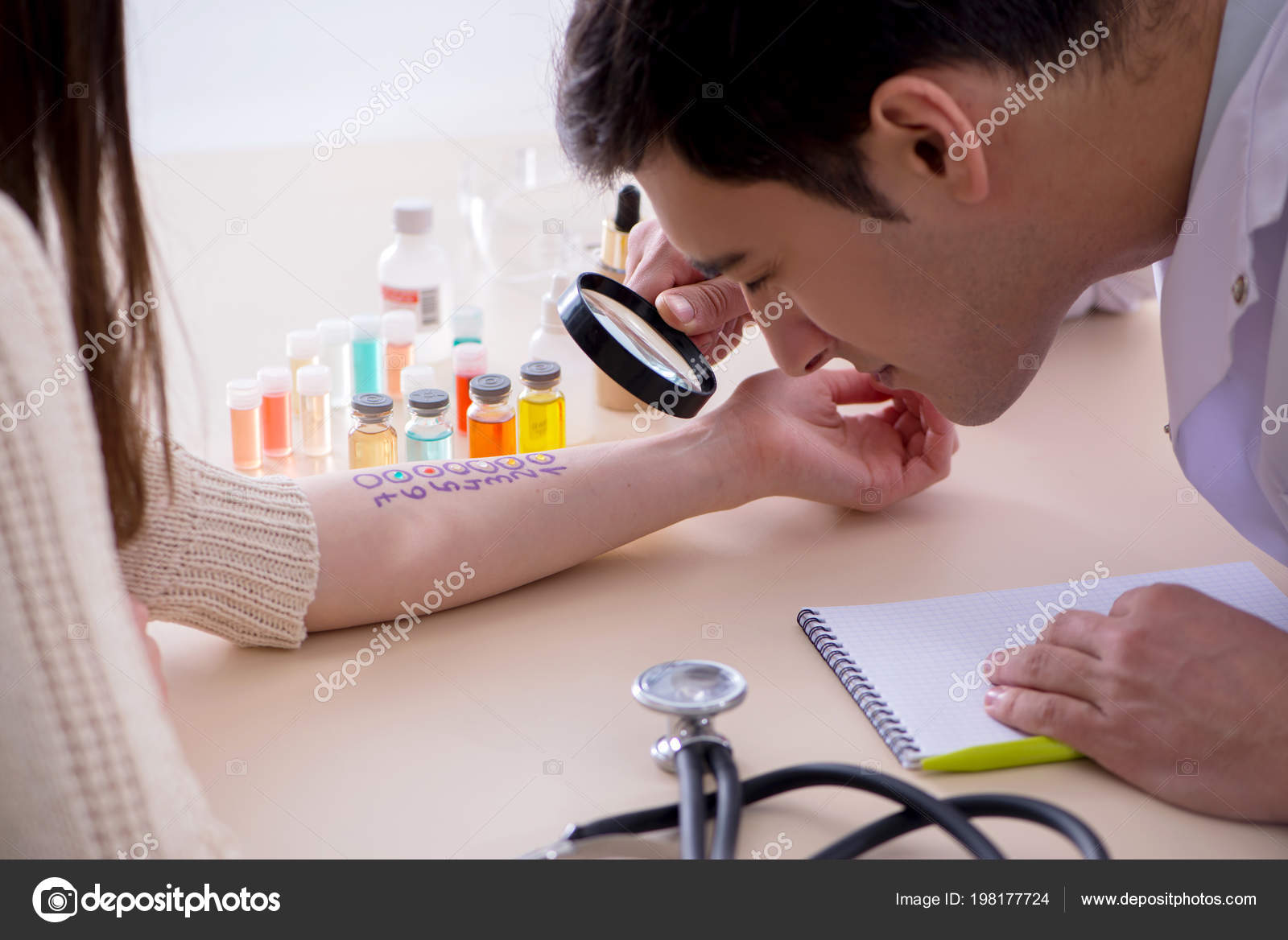 The immune system maintains the constancy of the composition of the body at the cellular and macromolecular levels, preventing the entry of foreign bodies.
The immune system maintains the constancy of the composition of the body at the cellular and macromolecular levels, preventing the entry of foreign bodies.
Harmful substances can not only enter the body from the outside, but also form independently inside due to various pathologies.With them, immunity fights on its own.
What is the immune system? To simplify its structure for understanding, it looks like this:
- organs of the immune system: spleen and thymus;
- lymph nodes;
- blood cells – lymphocytes and antibodies – special cells produced by the immune system to fight foreign bacteria.
How the immune system works
When harmful substances (antigens) enter the body, the immune system studies their structure and creates special antibodies (immunoglobulins) to eliminate these very substances.A separate antibody is created for each bacteria and virus. B-lymphocytes located in the lymph nodes are engaged in the production of such “defenders”. There is also a second type – T-lymphocytes. They destroy their own cells that have already been infected with antigens.
There is also a second type – T-lymphocytes. They destroy their own cells that have already been infected with antigens.
Immunoglobulin, aimed at protecting against allergens – the bodies that cause allergies – is in every organism. In people prone to allergies, the content of such immunoglobulin is higher than normal.
How it happens – reaction to stimuli
- Allergen is ingested.It can be anything from pollen to makeup dust.
- A large amount of IgE immunoglobulin is released to neutralize foreign elements. Moreover, each type of allergen will have its own antibody.
- Then IgE binds to mast cells or basophils. There is a formation of the union “immunoglobulin – allergen – basophil (or mast cells)”.
- Compounds with basophils calmly move through the body along with the bloodstream, and remain in place with mast cells.So the immune system reads the structure of the allergen and prepares a reaction.
- The next time the allergen enters the body, these compounds will release a special protection – histamine.
 The substance causes a spasm of the muscles of the intestines, bronchus, stomach, a decrease in blood pressure due to the expansion of capillaries, and edema. This is how the body reacts to the presence of an allergen in it.
The substance causes a spasm of the muscles of the intestines, bronchus, stomach, a decrease in blood pressure due to the expansion of capillaries, and edema. This is how the body reacts to the presence of an allergen in it.
What are the causes of allergies?
What causes allergies? To begin with, this issue has not been fully studied.But, as we have already found out, allergy is the body’s response to certain substances.
Most often called:
- flower pollen;
- pet hair;
- dust;
- spores of fungi and mold;
- household chemicals;
- medical preparations;
- insect bites;
- synthetic substances.
Do not forget that there is a congenital predisposition to allergies.If one of the parents has it, the child is 30% more susceptible to the disease than others. If both parents are exposed to allergens – by 70%.
Acquired allergy occurs in the case of frequent and intense contact with an allergen, for example, to chocolate as a result of eating large quantities of it.
Allergic symptoms. How to recognize allergy
How the reaction manifests itself on the body depends on the place of contact with the allergen. If the latter has passed through the skin, then the body will show it with a rash, red spots, itchy skin, blisters.If the allergen gets into the respiratory tract, it may be shortness of breath, shortness of breath, cough, heaviness in the chest. Often, the lips, neck, tongue swell, and the eyes swell and redden. Itching can also appear in the nose. The most severe manifestations are nausea and vomiting. Diarrhea is possible.
But none of the above compares to anaphylactic shock. This type of quick reaction of the body is accompanied by the abundant release of large amounts of histamine. There is a violation of blood flow: first peripheral, and then central.The skin becomes cold and damp. Due to a decrease in blood flow, anxiety appears, internal tension, urination is impaired, and shortness of breath appears.
Anaphylactic shock is often accompanied by dizziness and loss of consciousness. As a rule, such a reaction of the body occurs after insect bites or the introduction of subcutaneous injections. Shock begins with severe pain at the point of contact, accompanied by severe itching, and blood pressure drops. With food poisoning, it all begins with abdominal pain, vomiting, diarrhea, swelling of the larynx and oral cavity may occur.
As a rule, such a reaction of the body occurs after insect bites or the introduction of subcutaneous injections. Shock begins with severe pain at the point of contact, accompanied by severe itching, and blood pressure drops. With food poisoning, it all begins with abdominal pain, vomiting, diarrhea, swelling of the larynx and oral cavity may occur.
Anaphylactic shock is a rather dangerous phenomenon, it can be fatal without timely medical assistance.
How to catch an allergen? Allergy diagnostics
The first thing to do exactly is to see a doctor. If you suspect an allergy, but you do not know what caused it, do not postpone your visit to the hospital until later.
It is necessary to understand how the allergen got into your body. There are a number of measures for this.The cheapest, easiest and fastest way is skin testing.
If you cannot do this or skin tests do not give a result, use a blood test to determine the amount of IgE. There is a general test – it measures the total number of antibodies in the blood – and a special test that detects the amount of specific IgE. The second method is more often used to detect allergic reactions to certain types of food.
Another method is cutaneous application. Suitable for skin reactions such as dermatitis or eczema.Special metal plates, no more than one centimeter in circumference, adhere to the allergen and are applied to the back of the subject for two days. If after this period no reactions are detected, then the person is again sent for two days of research without plates to exclude a delayed reaction of the body. With this method, you cannot take a bath or shower – the study area on the skin must be dry at all times.
If all else fails or the results do not give any specific data, they resort to provocative tests.Such tests are carried out strictly under the supervision of a doctor in a hospital and involve the use of foodstuffs that could cause an allergic reaction. An allergen is injected into the body, and if the body re-responds, the study stops and the doctors begin treatment.
First aid for allergies
If you feel a burning sensation or itching on the skin, sudden nasal congestion or signs of sore throat, sneeze frequently and a possible allergic reaction occurs, follow these procedures:
- Rinse the area of contact with the allergen on the skin, nose or mouth with warm water.
- If you have been bitten by an insect and there is a sting at the site of the bite, remove it.
- Get rid of the allergen if it is nearby: flowers, pets – move them to another room or limit your contact with them.
- Apply a bandage soaked in cold water to the skin.
- Take an anti-allergic agent.
- If you do not feel better or have worsened, call an ambulance or go to the hospital yourself if you can.
If symptoms indicate a serious allergic reaction with serious consequences — redness of a large area or the entire body, vomiting, shortness of breath or heavy breathing, hoarseness or difficulty speaking — call an ambulance immediately.
Free the patient from clothing that interferes with breathing. Give the person anti-allergy medications if they can take them. Wait for the ambulance team, without leaving the patient, and monitor his condition.
Types of allergic reactions
Types of allergies are subdivided according to the place of contact and the manifestation of the reaction:
- food – the body’s reaction to food: eggs, milk, chicken, fish, rye.Symptoms: itching, eczema, skin redness, abdominal pain, vomiting, and other signs;
- urticaria – allergic dermatitis, manifested by the appearance of pale pink blisters, as after a nettle burn;
- hay fever – the reaction of the immune system to pollen. Symptoms: impaired sense of smell, choking, bronchitis and other signs;
- Allergic conjunctivitis is a type of hay fever that affects the eyes: inflammation occurs in the conjunctiva – the upper part that covers the white layer of the eye.Symptoms: watery eyes, itching, swelling of the eyes;
- allergic rhinitis – reaction of the nasal mucosa to allergens. Manifestations: itching, repeated sneezing, swelling of the mucous membrane;
- atopic dermatitis – chronic allergic dermatitis. Typical for individuals with a genetic predisposition to atopy.
If we divide the reactions of the body according to the action on human organs, the following types can be distinguished:
- Dermal – contact with chemical products, medicines, certain products and plant pollen.
- Respiratory – All allergens passing through the respiratory tract: pollen, dust, pet hair, aerosols and sprays.
- Food – everything related to food – as a rule, proteins, berries, sugar, fruits.
- Infectious – intestinal parasites and infectious microorganisms.
- Ultraviolet – to sunlight. The reaction manifests itself on the skin in the form of itching, redness, blisters, dryness of the upper layer of the skin.
Types of allergic reactions
Types of allergies are divided into:
- Anaphylactic – an immediate reaction of the body.It passes even faster in children. It manifests itself in the form of urticaria, rhinitis, asthma and anaphylactic shock. It is characterized by an extensive release of histamine to prevent re-attack of the allergen. It is accompanied by vasodilation, mucosal edema and muscle contraction;
- Cytolytic – the body’s reaction is aimed at destroying its own cells. It is most often caused by medications;
- Immunocomplex – manifests itself after a few hours. This is due to the fact that immunoglobulins interact with allergens and in such a bundle they settle on the walls of blood vessels, narrowing the blood flow and causing dermatitis, conjunctivitis, arthritis and many other diseases;
- Hypersensitization – the body’s reaction occurs in about a day and is caused not by an allergen, but by substances formed as a result of contact with it.Symptoms: inflammation of the nasal mucosa, rhinitis, various types of dermatitis, asthma and other types of reactions.
How and how to treat allergies? Allergy Prevention
If you know you are allergic to certain substances, avoid contact with them. The repeated invasion of the allergen into the body will manifest itself worse and worse on the immune system and general well-being.
Medicines are aimed at reducing the effect of an allergic reaction or getting rid of the symptoms that lead to an allergy.Before taking antihistamines, it is necessary to consult with your doctor: find out the doses acceptable for you, the possibility of use and compatibility with other
To relieve the symptoms of nasal congestion, decongestants are prescribed – special drugs that act on the nasal mucosa. Reduction of edema occurs due to vasoconstriction. The use of such drugs is not recommended for children under 12 years old and nursing mothers. You should not continue using for more than 5-7 days – there is a possibility of a reverse effect and complications of allergy symptoms.
Steroid sprays may be used for the same results. They are poorly absorbed and have almost no side effects. Unless blood can flow through the nose in the case of a very long use.
Hyposensitization is a method of treatment in which an increasing dose of an allergen is introduced into the body each time to reduce the body’s sensitivity to it. This type of treatment is used for complex allergies or insect bites. Treatment takes place in a hospital under the supervision of attending physicians.
If we take a closer look at the causes of allergies, we will see that the danger lies in the space around us. With the growth of industrial technologies and equipment, enterprises and factories, there are more allergens in the air, products have a synthetic taste, and climatic conditions in many regions are very sad. Finding a remedy that helps with allergies becomes difficult and takes a long time.
In order not to fall into the trap of your own body, you should take care of the absence of possible allergens in advance.At a minimum, ventilate your home as often as possible. Keep the apartment clean and tidy, do wet cleaning more often. Try to change your dirty clothes at least once a week. Drink clean water, put a water filter so as not to worry about its quality. Watch your pets, contact your veterinarian if you think that something is wrong with the animal.
Cleanliness in the house is the first thing to pay attention to in case of frequent allergic reactions.If that doesn’t work, see your doctor and check for all possible causes of rash, redness, itching, or other symptoms. The body’s hypersensitivity is its inherent quality, but with proper handling it will not poison your life in any way. Take good care of yourself and take all measures to prevent allergic reactions.
Space and clean air free from allergies!
Published: 05 September 2019
Allergology
Tel.Department of Allergology and Immunology:
338 60 87
Department specialists:
Head of the Department of Allergology and Immunology –
Bobrova Elena Evgenievna, Ph.D., doctor of the highest category
Doctor-allergorol-immunologist – Labkovskaya Nadezhda Anatolyevna, candidate of medical sciences, doctor of the highest category
Doctor-allergorol-immunologist – Noskova Irina Vladimirovna, Ph.MD, doctor of the highest category
The doctors of the department are specialists with many years of experience in the field of allergology, who are proficient in all modern methods of diagnosis and treatment of allergic diseases.
Specialization of the Department of Allergology-Immunology is the diagnosis and treatment of allergic diseases, their prevention. Identification of the causes provoking and aggravating the course of allergies.
The Department of Allergology-Immunology uses advanced methods of drug therapy, one of which is the method of specific immunotherapy or SIT, the so-called “allergy vaccinations”.Today, this is not only the most effective method of changing the body’s response to a particular allergen, but also the only traditional method of treating allergies and bronchial asthma, which affects the immunological nature of allergic inflammation, that is, eliminates rather than suppresses the main cause of allergy symptoms and asthma.
- After SIT there is a long-term remission of the allergic disease.
- SIT prevents the expansion of the spectrum of allergens, to which hypersensitivity is formed.
- SIT prevents the aggravation of the course of the disease and the transition of milder clinical manifestations.
- After the course of SIT, the need for antiallergic drugs decreases.
SIT is effective and significantly facilitates the course of both the main and concomitant diseases in patients with asthma combined with diseases of the upper respiratory tract and with atopic dermatitis.
Diagnostics and treatment:
- allergic rhinitis
- allergic conjunctivitis
- bronchial asthma, chronic bronchitis
- atopic dermatitis (allergic dermatitis, neurodermatitis)
- hay fever or hay fever (allergic reactions to pollen)
- urticaria
- Quincke’s edema
- food allergy
Various forms of allergy analyzes and tests:
- determination of antibodies in serum of immunoglobulins IgE,
- skin prick test – injection method
- food allergen tests,
- household allergens,
- pollen allergens (pollen of trees, weeds and meadow grasses),
- fungal allergens,
- epidermal allergens,
- samples with dental materials and local anesthetics,
- specific immunotherapy with allergens.
Along with the method of specific immunotherapy, methods of skin and provocative testing with allergens, determination of specific antibodies to allergens in the blood are widely used.
The doctors of the department develop an individual treatment plan for each patient, select the minimum effective dose of drugs, long-term monitoring of bronchial asthma, and analyze the results of peak flowmetry.
If necessary, treatment in a hospital clinic is possible.Patients are trained to prevent and control allergic diseases.
Determination of specific IgE antibodies in RIDA AllergyScreen immunoblots to the following allergens.
PANEL 1. Mite derm.Pteronyssinus. Mite dermfannae Alder Birch Hazel Herbal mixture Rye (pollen) Wormwood Plantain Cat Horse Dog Alternanaalternate Egg white Milk Peanuts Hazelnut Carrot Wheat flour Soybeans | PANEL 2. Mite dermpteronyssinus Tick dennfannae Alder Birch Hazel Oak Herbal mixture Rye (pollen) Wormwood Plantain Cat Horse Dog Guinea pig Golden hamster Rabbit Pemcillium notatum Cladosponum herbarum Aspergillus fumigatus Alternana alternata | PANEL 3. Hazelnuts Peanuts Walnuts Almonds Milk Egg white Egg yolk Casein Potatoes Celery Carrot Tomatoes Cod Crabs Oranges Apples Wheat flour Rye flour Sesame seed Soybeans |
the fourth wave will be, there is no time for buildup
At the 52nd hospital, three buildings work for covid.Streets, fast, people – the whole world is drowning in the reflection of hospital windows. In the “red” zone, all colors of life disintegrate: here the struggle for survival begins. There is no emergency therapy that would protect a person from the rapid course of the disease. Sometimes there is no time left for salvation. And the virus spreads in such a way that there is nowhere faster. One infected person infects eight.
This patient was expected in the emergency room. Transfer from another covid hospital. Boy, 19 years old. It is already connected to the ECMO device.The case is extremely difficult.
“For this I went to the doctor so that the patients survive. But I am generally a” clinging “doctor. I cling to the patient. And I teach my children that they should cling to the patient, even when it is clear that there is nothing to cling to”, – says Sergei Tsarenko, deputy chief physician for anesthesiology and resuscitation, Moscow City Clinical Hospital No. 52.
Dispersing blood through the tubes, the artificial lung removes carbon dioxide, saturates it with oxygen and returns it to the vascular bed.This is the patient’s last chance to survive. For the doctor – the last attempt to save.
31 years old. He is not a Muscovite – from the Stavropol Territory. They brought me on board the ambulance to pull me out of the other world. In the medical history – a record that is not vaccinated. Vaccine refusal is the shortest route to intensive care.
“There were two vaccinated. But when we began to understand these vaccinated, it turned out that these are people who found the opportunity to get a certificate without vaccination. I do not know if I bought or kissed someone.One of them, by the way, is our colleague. When he came to, he was also on ECMO, on mechanical ventilation, he honestly said. And secondly, it’s easy to check. We passed tests for antibodies to the adenovirus vector, but there are no antibodies there. That is, he did not have “Sputnik”, which was written. And this is sad, “Sergei Tsarenko noted.
This man is 43. Several days on an oxygen mask. But even the maximum flow does not allow him to breathe. He is still conscious now, trying to explain something to the doctors. But after half an hour he will be connected to a ventilator – he will plunge into a medication sleep.Nobody knows how much.
“All the time you ask whether you are vaccinated or not. And especially with regard to young people. When they say that no, it hurts like a knife, that’s just physically painful. How can that be?” you try to apply all the newest modern methods, especially people who are very young, they still have to live and live, but such a stupid decision, unjustified. It brings them to the edge of life. And the losses are terrible, “sighs Maryana Lysenko, chief physician of the City Clinical Hospital 52 …
Only doctors know how difficult it is to treat covid when all the methods prescribed in the recommendations have been exhausted, and the patient is not getting better. When the most expensive drugs are used, but there is no effect. There is no pill that will instantly kill the virus. But there is a vaccine that can protect against severe disease, only the vaccine is neglected.
“The fourth wave will be. But this turn of events will develop exactly in the direction of vaccination results. If we all swing for a long, long time, of course, there will be a wave of increased hospitalizations again.Such disregard for the solution of this issue plunges us deeper and deeper into covid, and today there are no prospects to get out of it. And this is insulting, “Lysenko thinks.
Resentment fades into the background, as soon as the doctor crosses the threshold of the covid hospital. He will still heal and save. When a patient leaves the powerless hands of a doctor, it forces them to look for new methods of treatment. The doctors of the 52nd hospital are on the lookout since the beginning of the pandemic. The only department in Russia has been opened here, where hematological patients with covid are treated.
The story of an unfinished disease: since August 11, a whole volume of several hundred pages has been collected. Soon they will start the second one. The patient has acute leukemia. Immunity is weakened so much that there is nothing to fight against the virus. Treatment for covid conflicts with therapy for leukemia. Hematologists solve unsolvable problems every day.
From a blank slate – there was no such practice before – they learned to balance on the edge. At the end of 2019, when there was no talk of covid, the first bone marrow transplant was performed here.No one has ever done this in Moscow city hospitals. But the outbreak of the pandemic left no choice.
Immunodeficiency interferes with the fight against the disease. The body does not make antibodies. This is not only oncology. At risk are patients with rare genetic diseases. There are about 200 of them in Moscow. Their immune systems are helped from the outside to resist a viral infection. Now they began to use monoclonal antibodies that neutralize the virus.
Hospital 52 achieved the highest survival rate on mechanical ventilation – 70%.In Europe – 25%. Resuscitators seize the moment when the patient needs a transfer to artificial ventilation. If you can wait any longer, they will fight to the last. Their suggestions often form the basis of clinical guidelines for the treatment of covid.
“There should be no inertia in medicine at all. Creativity, I think so. And any creativity, any new methods, any new ideas, even if they seem not entirely normal, they should have a right to exist if we can prove them positive result “, – Maryana Lysenko is sure.
But patients leave anyway. The number of deaths from covid worldwide is approaching 5 million. This disease kills nearly 6,000 people every day. While the hour hand makes a full revolution, Russia loses eight hundred inhabitants. These are terrible losses.
“So far, no glimpse is visible. But I would very much like, of course, because all this is already leaving a small imprint. I already want to go out in peacetime, into a peaceful life and take off all the PPE from myself, put on familiar and beautiful clothes, white robes.If the patients, people, our population, will take root, then, of course, we will already understand that we are returning to peacetime, “said Daria Shmeleva, a neuropathologist at the City Clinical Hospital 52.
After the shift, the account of which has long been lost, Daria and her colleagues will find for themselves a tiny island of the world. They will spend this evening at the theater, in elegant evening dresses. Pain, disappointment, sadness – everything will remain outside the door of the Musical Theater. The hour of despair is over.
In a semi-dark hall, one can indulge in the illusion of serenity.The quiet talk of the audience, the heavy and solemn velvet of the curtain. Having barely opened it, it will throw out a sheaf of chords into the hall. “The princess of the circus” is given today.
Mr. X’s trick is not so much deadly as it is metaphorical: to rise above the routine and break out of it. All these are symbols of another life – without pain and loss. But until the pandemic is over, the book of human misfortune has not yet been completed. And death every minute pulls someone’s hand.
90,000 Allergic reactions to coronavirus vaccines are rare, doctors say
© AGN Moscow
Vaccines against coronavirus rarely cause allergic reactions, available preparations do not contain chicken egg protein, cow’s milk, gelatin and antibacterial drugs.This is stated in a position paper developed by experts from the Russian Association of Allergists and Clinical Immunologists, RIA Novosti reported on Tuesday.
The absence of these elements significantly reduces the risk of developing an allergic reaction, the document says. In general, according to large-scale studies, the incidence of such reactions varies from 0.65 to 1.53 cases per million doses, depending on the type of vaccine.
Patients who have previously suffered an allergy to the components that make up the drugs against coronavirus are not recommended to be vaccinated.If you have any concerns, you should contact your doctor, the material says.
Director of the State Research Center Institute of Immunology of the FMBA of Russia Musa Khaitov, in turn, noted that it is not necessary to be vaccinated against COVID-19 with allergies in the acute stage. However, after remission occurs, you should consult a doctor and get vaccinated, the specialist said.
Four vaccines against COVID-19 have been registered in Russia today: Sputnik V and Sputnik Light (developed by the Gamaleya Center), developed by the Vector Center EpiVacCorona and KoviVak at the Chumakov Center.Parlamentskaya Gazeta understood how vaccines against coronavirus work and how they differ.
At the end of July, the Russian Ministry of Health updated the temporary guidelines for vaccination of adults against coronavirus. According to the updated version, “Sputnik V” is recommended to vaccinate all patients with cancer who have completed anticancer treatment.
It is possible to vaccinate against COVID-19 for those who have had an infectious or non-infectious disease two to four weeks after recovery.The Ministry of Health does not recommend getting vaccinated with Epivaccorona for severe allergies, malignant tumors and primary immunodeficiency.
90,000 Drug allergy: symptoms and effects
Doctor-allergist-immunologist Elena Shchuplyak from the allergy center of the SKAL polyclinic of the Regional Clinical Hospital No. 2 of the Ministry of Health of the Krasnodar Territory talks about how to recognize a drug allergy and what the consequences may be.
A drug allergy is an increased sensitivity of the body to a drug, in the development of which immune mechanisms are involved. Allergic reactions to drugs occur with repeated use. The most likely time for a drug reaction to start is one week to two months after starting treatment.
How drug allergy manifests itself
Drug allergy can manifest itself as a rash, shortness of breath, choking attacks, hives, itching and burning, anaphylactic shock (it is a dysfunction of the gastrointestinal tract, bronchospasm, skin rash, severe itching and loss of consciousness).
Usually, drug reactions resolve quickly after the drug that caused the drug is discontinued. However, there are a number of clinical forms that can threaten the patient’s life. Therefore, if you suspect a hypersensitivity reaction, you should immediately consult a doctor.
It is necessary to learn that it is very difficult to distinguish an allergic reaction to a drug from its typical side effect of a different nature, or to prove that the allergy is caused by the drug, and not by another simultaneously acting allergen (it may be a solvent or food product).
First of all, one must learn that it is very difficult to distinguish an allergic reaction to a drug from its typical side effect of a different nature, or to prove that the allergy is caused by the drug, and not by another simultaneously acting allergen (it may be a solvent or food product). For example, reserpine tablets are known to cause nasal congestion, rash and diarrhea are side effects, and 1,4-dihydrazinophthalazine is a strong allergen. A patient taking a complex of these substances, for example, the drug adelfan, complains of a runny nose and abdominal pain – what is it? Cold? Allergy? By-effect?
Or, say, a person is treated with sulfonamides and after a few days he develops urticaria.However, it turns out that he ate strawberries the day before. What caused the reaction? Although, in theory, any drug can cause an allergic reaction in any person, in practice it occurs due to relatively few drugs and mainly in those who are prone to allergies.
How to recognize a drug allergy
An allergist will help you figure this out. First of all, the doctor will collect anamnesis, that is, a history of the disease. You will need to know:
the names of all drugs that the patient was taking at the time of the development of the reaction;
on what day from the start of taking the drug the reaction occurred and how long it lasted, what was the route of administration of the drug;
after what period of time after the last dose of the drug the reaction developed;
in what dose the drug was used;
how exactly the reaction manifests itself;
how the reaction was stopped;
about what the drug was used;
whether there have been any previous reactions to the drug;
whether the patient after the reaction took drugs from this group or cross-reacting;
what other drugs he takes and tolerates well.
Prepare your answers to these questions in advance, and better yet, write them down. At the reception, you can get confused, confused, miss something. This will help the doctor clarify the diagnosis better and faster.
According to modern concepts, drug allergies are not so common. An allergic reaction to a drug is often confused with congenital defects in those enzymes that, in an ordinary person, are involved in the inactivation of the drug molecule.For example, intolerance to aspirin and other non-steroidal anti-inflammatory drugs clinically resembles an allergic reaction, it is difficult to distinguish. The most common pseudo-allergic manifestations are psychogenic reactions to drugs. True allergic reactions to drugs account for only one to two percent of the total number of drug intolerance cases. Women suffer from drug allergies more often than men, but they also consume more drugs.
How to prevent drug allergy
It will probably not be possible to completely eliminate drug allergy.But to reduce the risk of development in our power. What needs to be done for this?
Take your medications as directed by your doctor.
If you come to the doctor with any disease requiring medication, be sure to inform him about all medications taken at the moment, up to vitamins and dietary supplements, so that there is no excess of pills taken at the same time.
Take medication in a dose appropriate for age and body weight.
The method of administration of the drug must strictly comply with the instructions.
Compliance with the technique of introduction. Some medications require slow administration. For example, vancomycin, iodine-containing X-ray contrast agents, some muscle relaxants, chemotherapy drugs.
For patients with a burdened allergic history before surgical interventions (emergency and planned), it is recommended to carry out premedication. That is, before the introduction of the main drug, drugs are administered that block the development of an allergic reaction.
It is necessary to have an anti-shock kit and instructions for providing first aid for the development of anaphylaxis, not only in treatment rooms, but also in rooms where diagnostic studies and medical procedures are carried out using drugs that have a histamine-liberating effect (for example, X-ray contrast studies), dental offices.
If any signs of drug intolerance appear, notify your doctor as soon as possible.
If you have already experienced an allergic reaction to a drug in the past, be sure to inform about it at your appointment so that your doctor does not prescribe a similar drug to you.
“City Children’s Clinic No. 51” unofficial site / Main page
According to statistics, injury from a fall from a height of more than 3 meters, ranks second in injuries among children after an accident.In Russia, about 600 children die every year due to falling out of windows.
Dear Parents! If your child starts to walk, be very careful about the safety of your windows.
Never rely on mosquito nets, they will not support the weight of even the smallest child.
Do not leave young children unattended in the room, even for a short period of time.
Do not place pieces of furniture next to windows that children can use to climb onto the windowsill.
Use special window blocking devices.
A daily routine is an established routine of a person’s life, which includes work, food, rest and sleep (I.A.Mishkin, 2014).
The concept of “mode” is closely intertwined with the concept of “rhythmic activity of the body.” Rhythm is the main property of a living organism, its inherent quality. “Man is a system, permeated through and through with rhythms …” (B.A. Alyakrinsky).
Examples are body temperature rhythm, pulse rhythm, respiration …
Read full article
Narcotic drugs and psychoactive substances are chemical compounds of synthetic or natural origin that have a toxic effect on all human systems and organs.
All drugs are involved in chemical processes in the brain. Their toxic effect on the nervous system leads to impaired attention, thinking, memory, and reaction speed…
Read full article
The patient’s right to anesthesia is guaranteed by clause 5 of Art. 19 of the Federal Law of 21.11.2011 No. 323-FZ “On the basics of protecting the health of citizens in the Russian Federation.”
For the treatment of chronic pain syndromes, a unified tactic is used, based on strict compliance with the prescribed anesthetic agents, the intensity and nature of the pain.
Read more
HIV infection is a disease caused by a retrovirus that affects cells of the immune, nervous and other systems, and human organs with a long, chronic progressive course.
The problem of HIV / AIDS affects 90,562 every 90,563 people on our planet without exception.
World AIDS Day is celebrated annually on 1 December. On this day, people wear red ribbons as a sign of solidarity in the fight against this infection.
In the Russian Federation, the incidence of HIV infection in 2015 was 1222 per 100 thousand population (indicator 4.43), which is 3.8% higher than in 2014.
A feature of HIV infection is the ability of the virus to integrate into the DNA of the host cell (human), produce new viral particles and remain in the cells for life .
When it enters the human body, the virus may not manifest itself in any way for 1-8 years, but when the provirus is activated, an intensive accumulation of new viral particles occurs, which leads to the destruction of cells of an infected person and the defeat of new ones. The immune (defense) system of the body is gradually destroyed …
Read full article
Vaccination effectively protects against disease.It is done with an inactivated vaccine in three stages and allows you to maintain immunity for three years, after which a single revaccination is required. But we must remember that should start getting vaccinated long before the summer of , since the last vaccination should be done no later than two weeks before the start of the summer season. Vaccination against tick-borne encephalitis can be done at vaccination points at the bases of clinics, medical units ….
Read full article
Those who wish to overcome addiction and receive information on issues related to alcohol consumption can use the Hot Line at the existing Zdorovaya Rossiya telephone inquiry service with the number 8-800-200-0-200.
Calls to the Hotline are free of charge.
Influenza remains one of the most pressing medical and socio-economic problems. Every year in the autumn-winter period there is a seasonal rise in the incidence of influenza. During epidemics, children and adults die.
World experience shows that mass vaccination of the population with seasonal influenza vaccines significantly reduces the development of severe complications, including deaths…
Read full article
The benefits of full-fledged breastfeeding are known, if not all, then very many. Relevant information is disseminated in antenatal clinics, hospitals, maternity hospitals and at specially organized lectures. In most maternity hospitals, babies are applied to the breast in the first minutes after their birth, they are left with their mother in the same ward, and they give recommendations on preserving milk and feeding the baby at least up to a year.
Read full article
Tularemia is a natural focal disease manifested as an acute infection. The carriers of the causative agent of tularemia are hares, rabbits, water rats, voles . The infection is transmitted to humans directly through contact
with animals (hunting, when rodents are destroyed – deratization), through contaminated food and water, when inhaling contaminated dust when mowing grass, processing grain products, as well as when bitten by infected blood-sucking arthropods ( horsefly, tick, mosquito , etc.))
Read full article
On 24 March , the whole world celebrates Tuberculosis Day .
Tuberculosis remains one of the most serious and urgent threats to public health.
There was a high incidence of tuberculosis among the population in the Russian Federation.
Intradermal allergic test with tuberculin (hereinafter referred to as the Mantoux test) is performed once a year, regardless of the result of previous tests.
Read full article
A measles outbreak continues in Europe, which began in February 2016 in Romania. As of June 30, 2017, 7491 people fell ill in Romania, including 31 died.
In total, more than 14,000 cases of the disease have been registered in the EU countries, including 35 deaths.About 3 thousand measles patients were registered in Italy, more than 700 in Germany, about 300 in France and Belgium, more than 100 in Bulgaria, dozens of cases in Austria, Hungary, Spain, Portugal, Sweden, isolated cases in Slovakia, Iceland, Denmark.
The spread of the infectious disease in Europe is due to 90,562 low coverage of preventive vaccinations against measles in the population 90,563 and the importation of the infection by migrants …
There is no medicine against measles !!!
Only vaccination will protect against measles !!!…
Read full article
Diseases of the cardiovascular system are the leading cause of death among adults in modern society. As you know, all over the world there is a tendency towards the rejuvenation of such diseases. Leading pediatric cardiologists of St. Petersburg state that arterial hypertension in children is an urgent problem and ranks third in the structure of all cardiovascular diseases after congenital malformations and rhythm disturbances
Read full article
Guided by the task of providing information support to the implementation of priority projects in the healthcare sector, outlined by the President of the Russian Federation at the meeting of the Presidential Council for Strategic Development and Priority Projects on March 21, 2017, the Main Internet Portal of Russian Regions (RusRegionInform) and the editors of the Economic Policy of Russia magazine form the specialized Internet site “The health care system of the constituent entities of the Russian Federation and the citizen – towards each other!”.
Poliomyelitis (infantile spinal palsy, spinal infantile paralysis) is an acute viral disease characterized by damage to the nervous system, which leads to irreversible paresis and paralysis.
Unvaccinated children are at risk of contracting polio.
Dear moms and dads! Vaccinate your child in a timely manner.You prevent diseases and the development of severe complications from infectious diseases.
Read full article
With the onset of the warm season, tragic accidents related to the fall of preschool children from the windows of residential buildings became more frequent.
As a rule, falls occurred in the absence of adult control, when children independently climbed onto the windowsill, using furniture items next to the window as a support and leaned on the mosquito net, falling out of the window with it.
Read full article
Prophylactic vaccinations remain the most reliable remedy for tick-borne encephalitis.
Preventive vaccinations are carried out free of charge in the vaccination rooms of the children’s polyclinic No. 51 of the Kolpinsky district …
Read full article
A measure of social support provided for in paragraph 1 of Article 78 of the Law of St. Petersburg of 22.11.2011 N 728-132 “Social Code of St. Petersburg”.
In accordance with this Law, 90,562 children of the first three years of life, as well as from large families under the age of six, have the right to be provided with medicinal
with prescription drugs free of charge .
Read full article
The Office of Rospotrebnadzor for the city of St. Petersburg strongly recommends that all St. Petersburg residents have time to get vaccinated before the start of the epidemic rise.
Read full article
On the basis of St. Petersburg State Budgetary Institution “City Center for Social Programs and Prevention of Asocial Phenomena
Among youth “Contact” there are hotline for teenagers, youth and parents .
The center’s hotline works daily, taking calls from 09.00 to 21.00 by phone:
8 (812) 747-13-40
The helpline is also connected to the federal toll-free helpline:
8-800-200-01-22
Read full article
In order to prevent accidents with children, be sure to supervise what your children do in their free time.
Do not leave children unattended in rooms with open windows, even for a short time, as this can lead to tragic consequences. NEVER count on mosquito nets!
Read full article
51 outpatient department:
8 (931) 002-39-43
54 polyclinic department, branch 54 PO:
8 (931) 002-39-44
By phone you can ask a question, leave an appeal or a complaint.The hotline is open during the opening hours of the polyclinic.
Read full article
The allergist-immunologist of the City Clinical Hospital No. 8 talks about how to overcome seasonal allergies – GAUZ OZP City Clinical Hospital No. 8
It turned out that residents of Omsk, Chelyabinsk and Samara most often suffer from allergies. The top 10 also includes Moscow, Yekaterinburg, Volgograd, Ufa, Perm, Voronezh and St. Petersburg. Least of all, allergies torment the residents of Simferopol, Krasnodar and Saratov.
Most allergy sufferers, according to them, react to dust (61% of respondents answered this way), pollen (23%) and animal hair (8%). Among the less common allergens, the respondents named food, medicines and household chemicals (1-4%).
Only 12% of allergy sufferers go to the doctor during an exacerbation of the disease. The majority (88%) are saved by antihistamines, which were recommended to them earlier. At the same time, 46% admitted that they received these recommendations in a pharmacy, 31% – from a doctor.Another 14% buy a medicine that they learned about from the media and advertisements, and 9% listen to advice from friends and relatives.
As notes the chief freelance allergist-immunologist of Chelyabinsk, allergist-immunologist of the City Clinical Hospital No. 8 of Chelyabinsk Yulia Pokalyukhina , getting to a narrow specialist is not as difficult as many think.
– Doctors, allergists, immunologists are available in polyclinics, and if for some reason there is no such specialist in your clinic, you will be redirected to another medical institution within two weeks, the doctor explains.- You need to treat allergies. Moreover, today many of its types are successfully amenable to therapy. For example, dust mite allergies, all seasonal allergies, are perfectly treated. So far, we cannot treat an allergy to animal hair, since the corresponding vaccine is available only abroad.
Another thing is that, according to Yulia Petrovna, people often do not pay attention to the first manifestations of the disease. On average, it takes from 5 to 15 years from the first symptoms to going to the doctor. Also, allergy treatments can be quite expensive.
– There are effective vaccines that patients have to buy themselves. Not everyone is ready for this, – the doctor explains. – At the same time, the number of allergy sufferers in Chelyabinsk is growing. By the end of the year, we will see that every second child and every third adult in the city suffers from allergies.
Source: https://up74.ru/articles/news/121124/
.


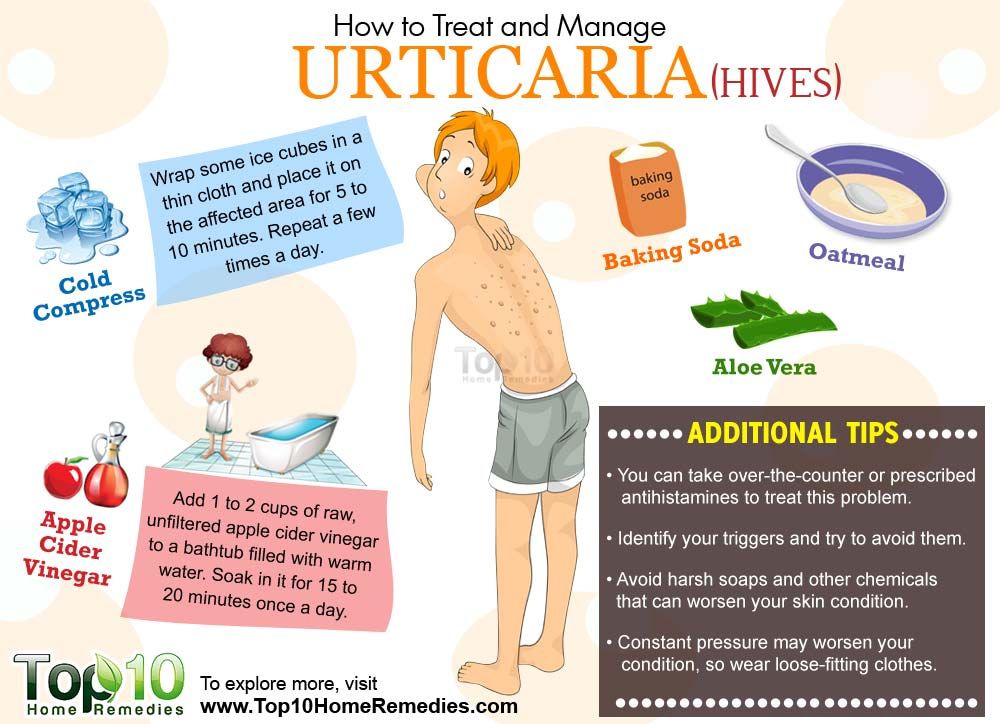
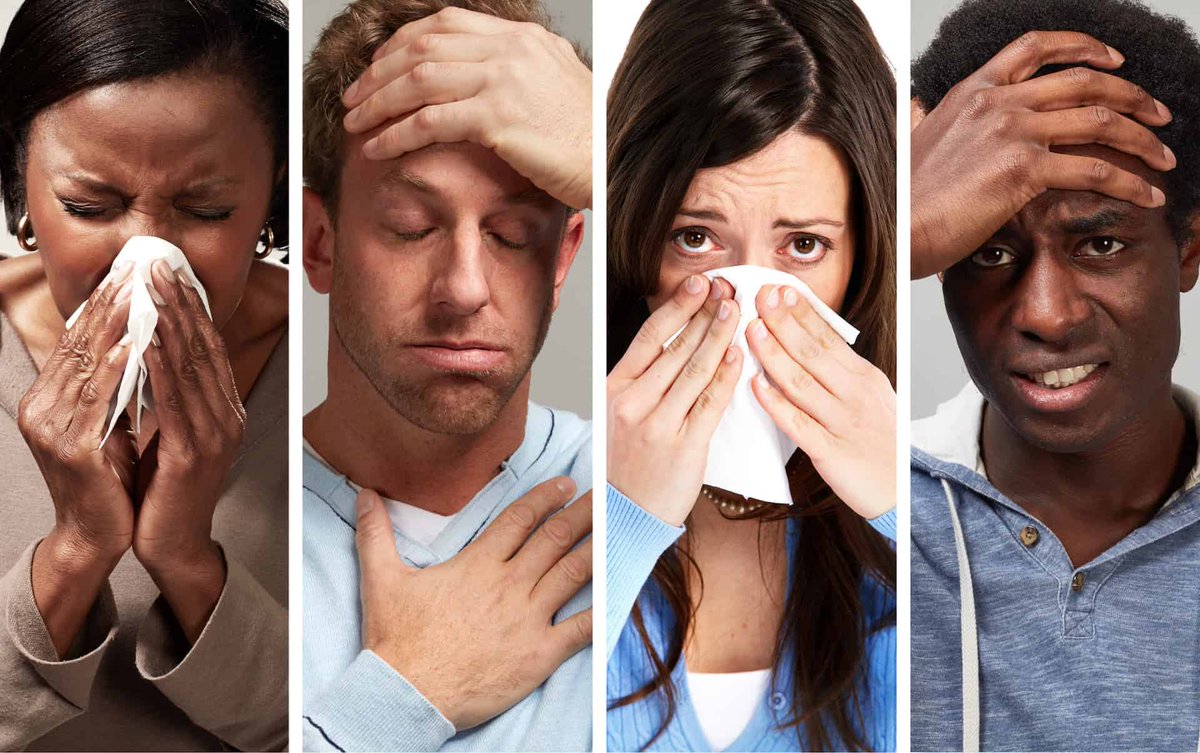
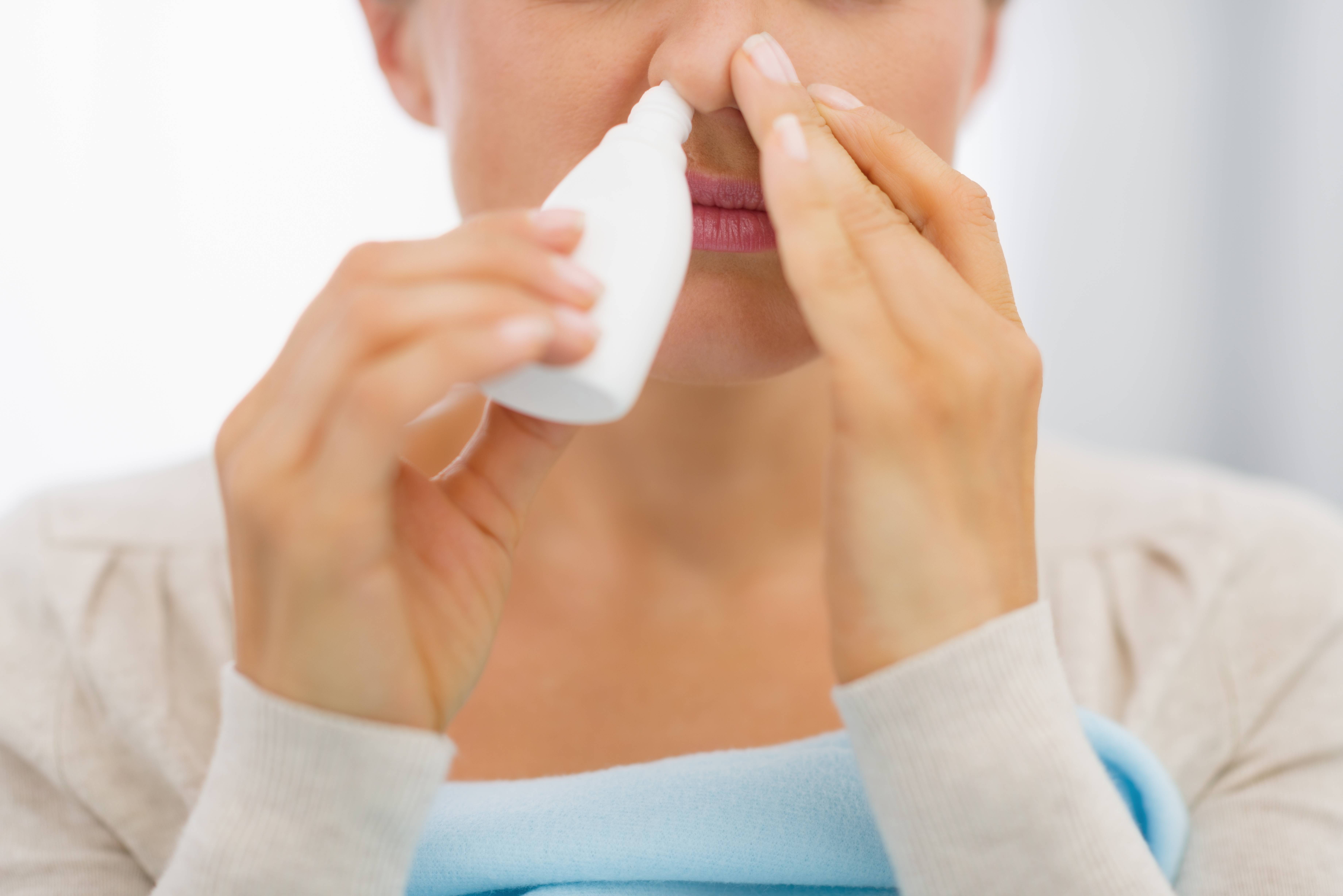
/treating-urticaria-83240-5c0471dbc9e77c0001d31c4b.png) Your doctor may tell you to see an allergist. An allergist can help you identify your allergies and learn to manage your risk of severe reactions.
Your doctor may tell you to see an allergist. An allergist can help you identify your allergies and learn to manage your risk of severe reactions. The substance causes a spasm of the muscles of the intestines, bronchus, stomach, a decrease in blood pressure due to the expansion of capillaries, and edema. This is how the body reacts to the presence of an allergen in it.
The substance causes a spasm of the muscles of the intestines, bronchus, stomach, a decrease in blood pressure due to the expansion of capillaries, and edema. This is how the body reacts to the presence of an allergen in it.